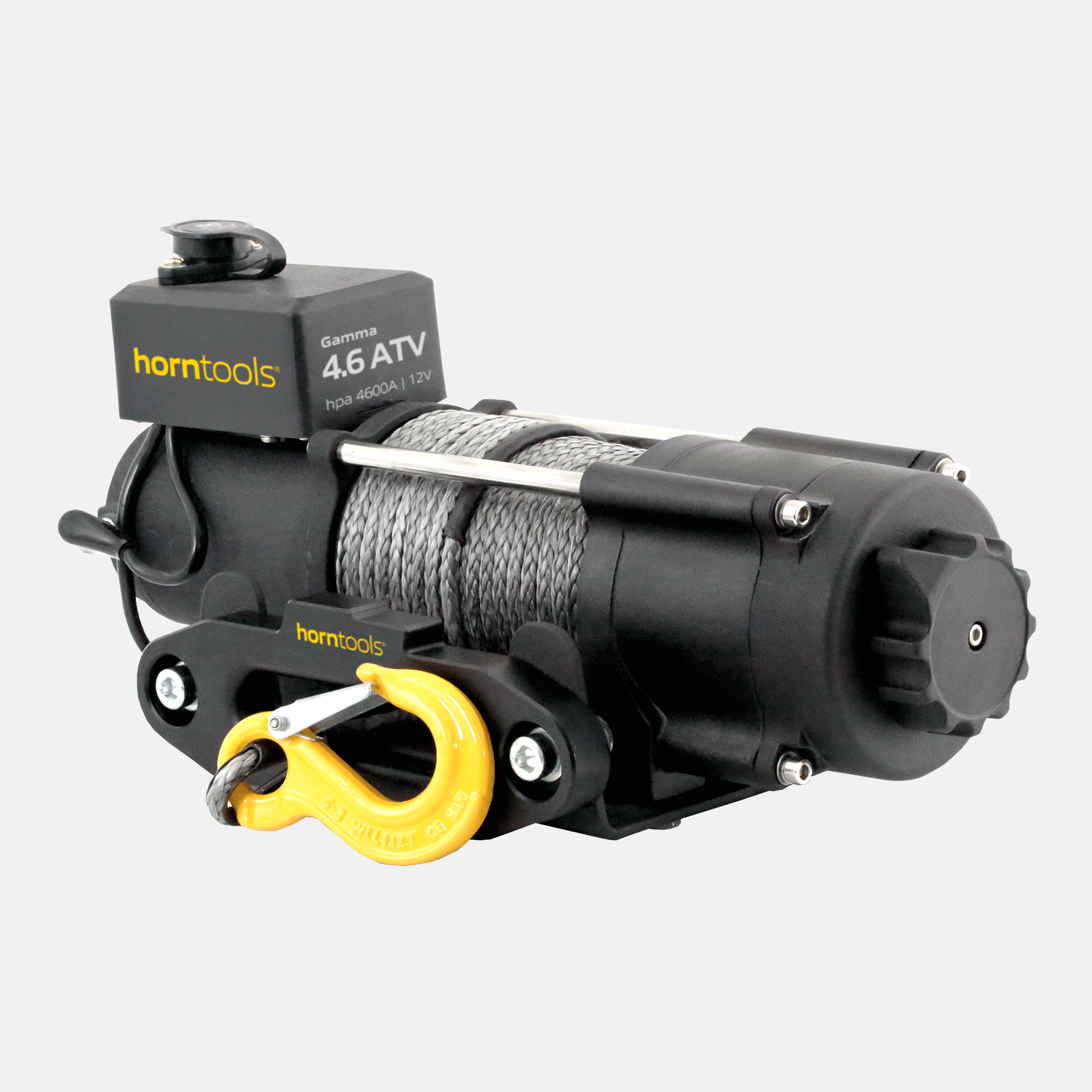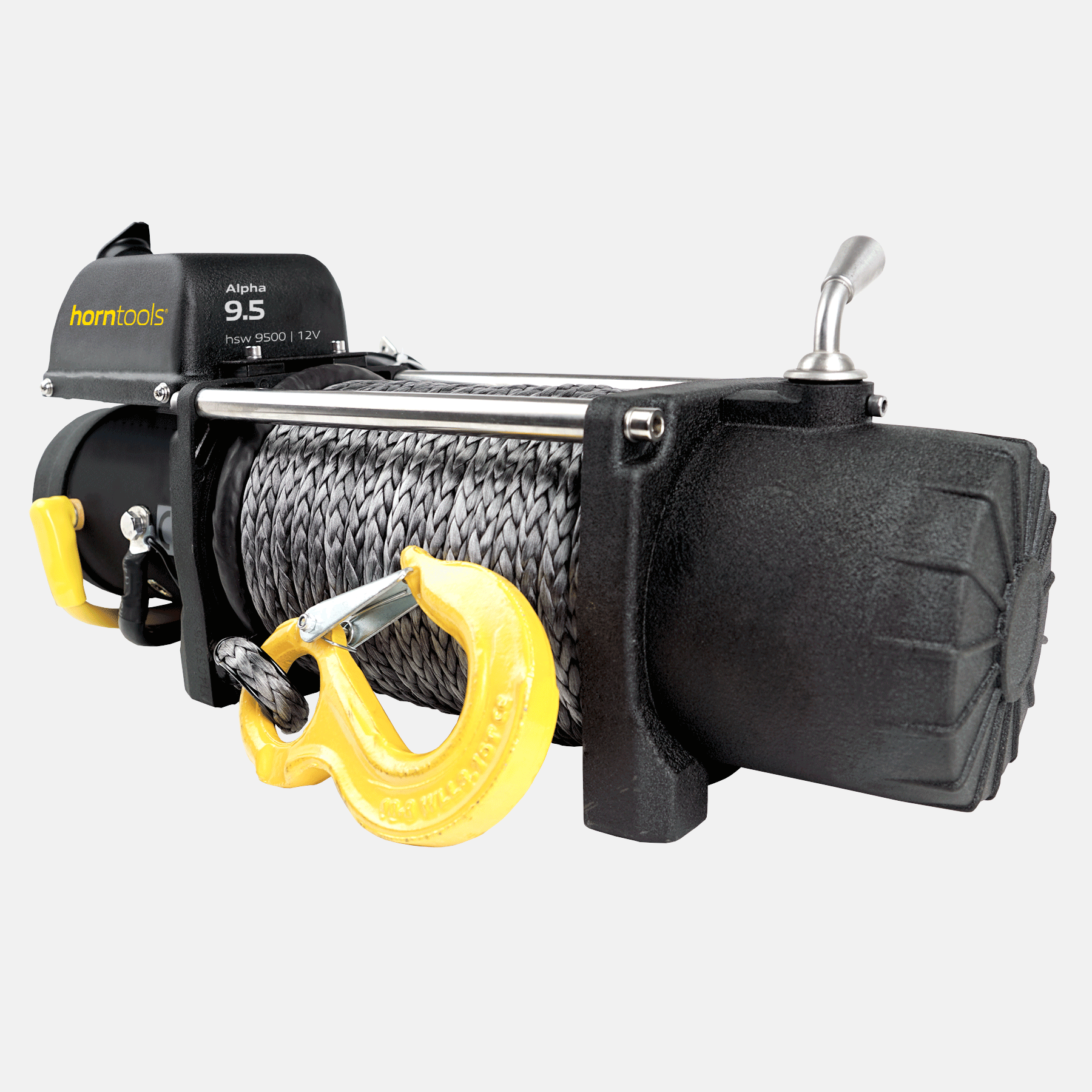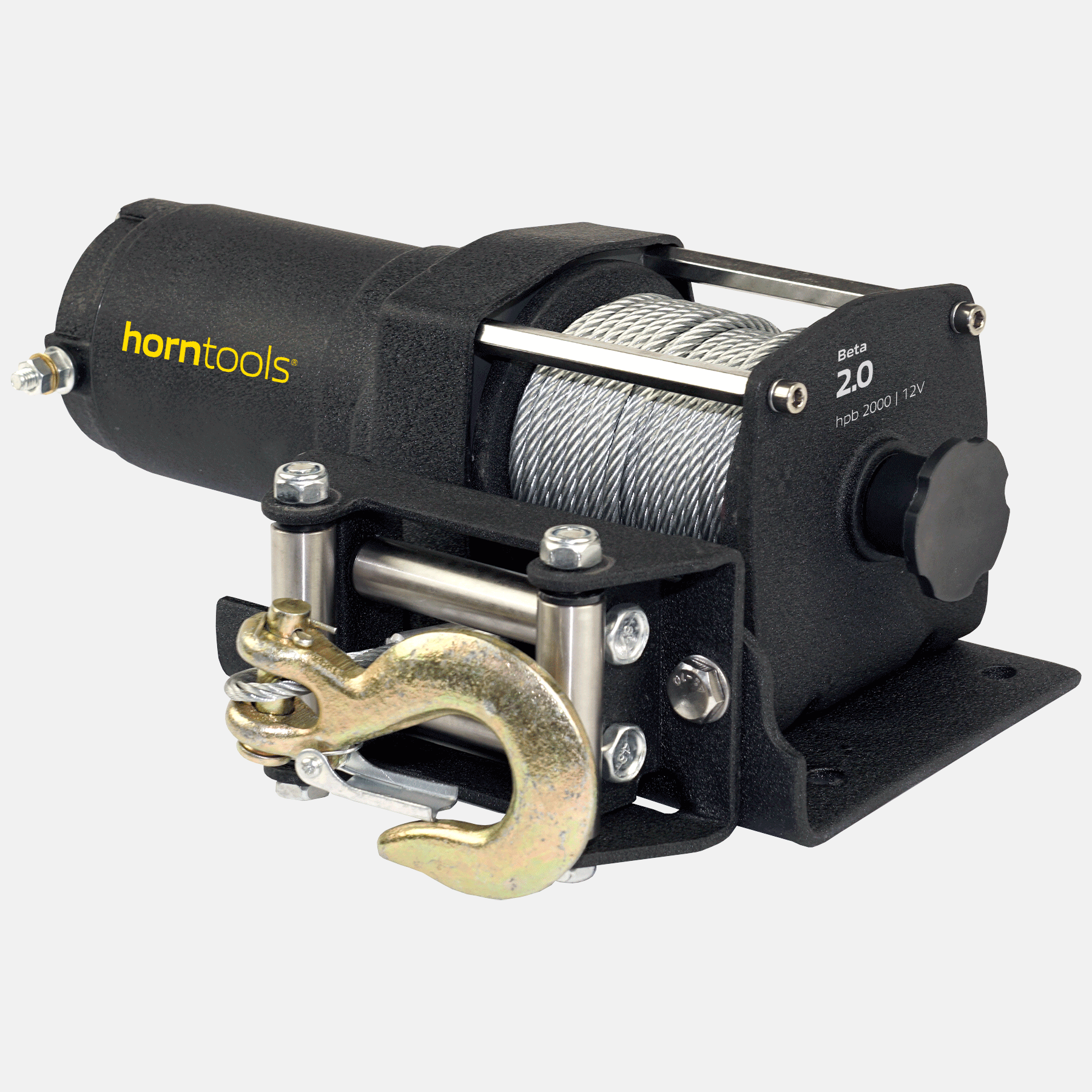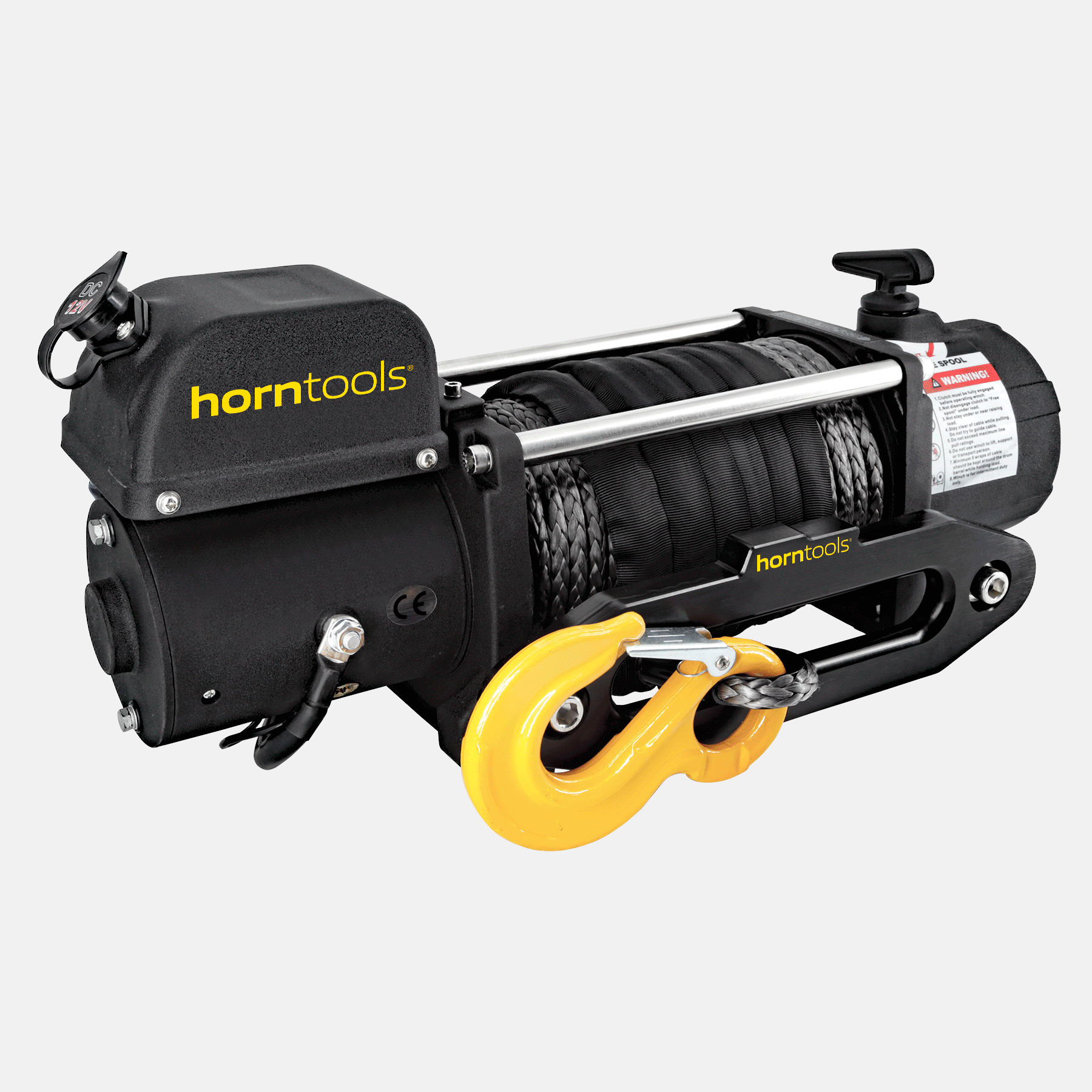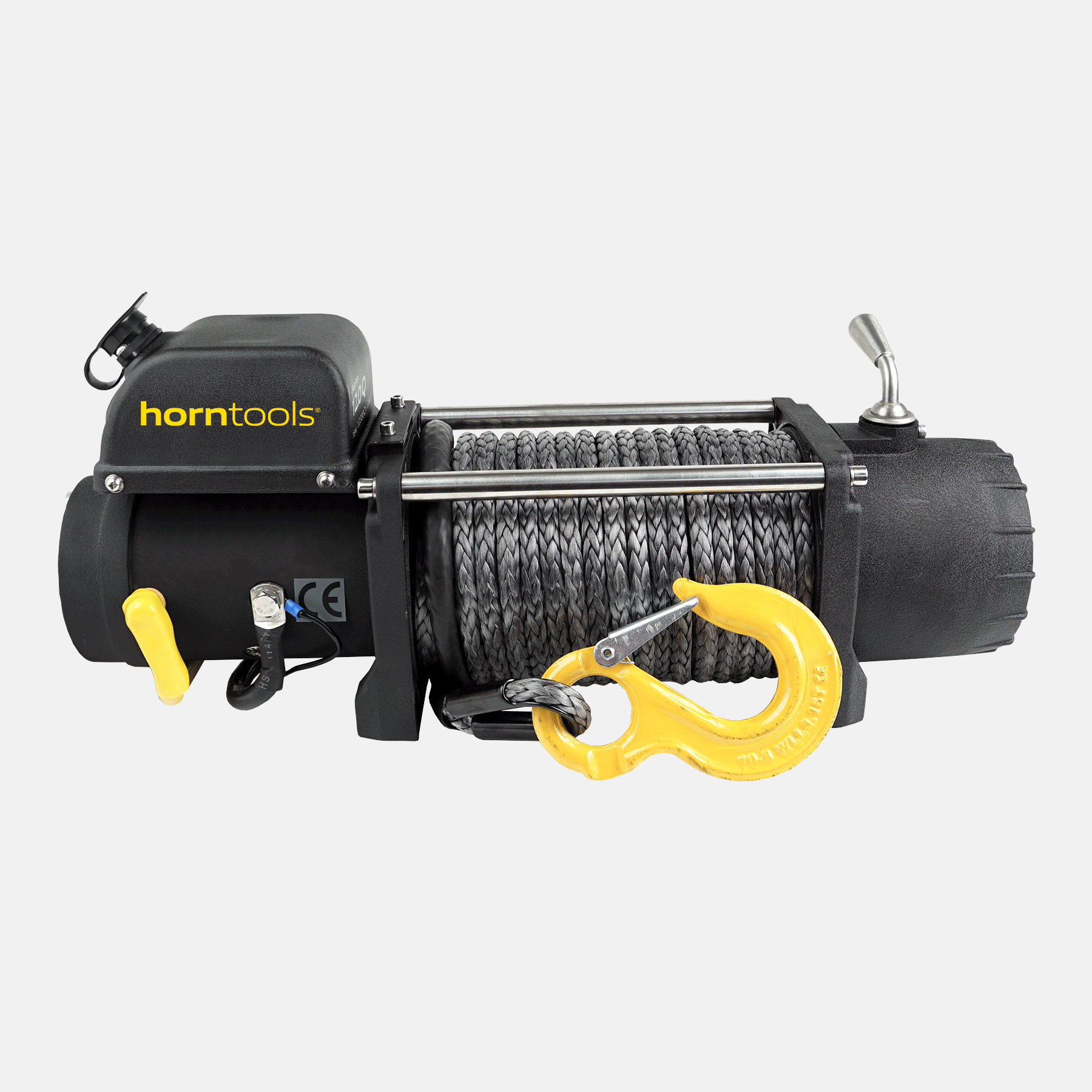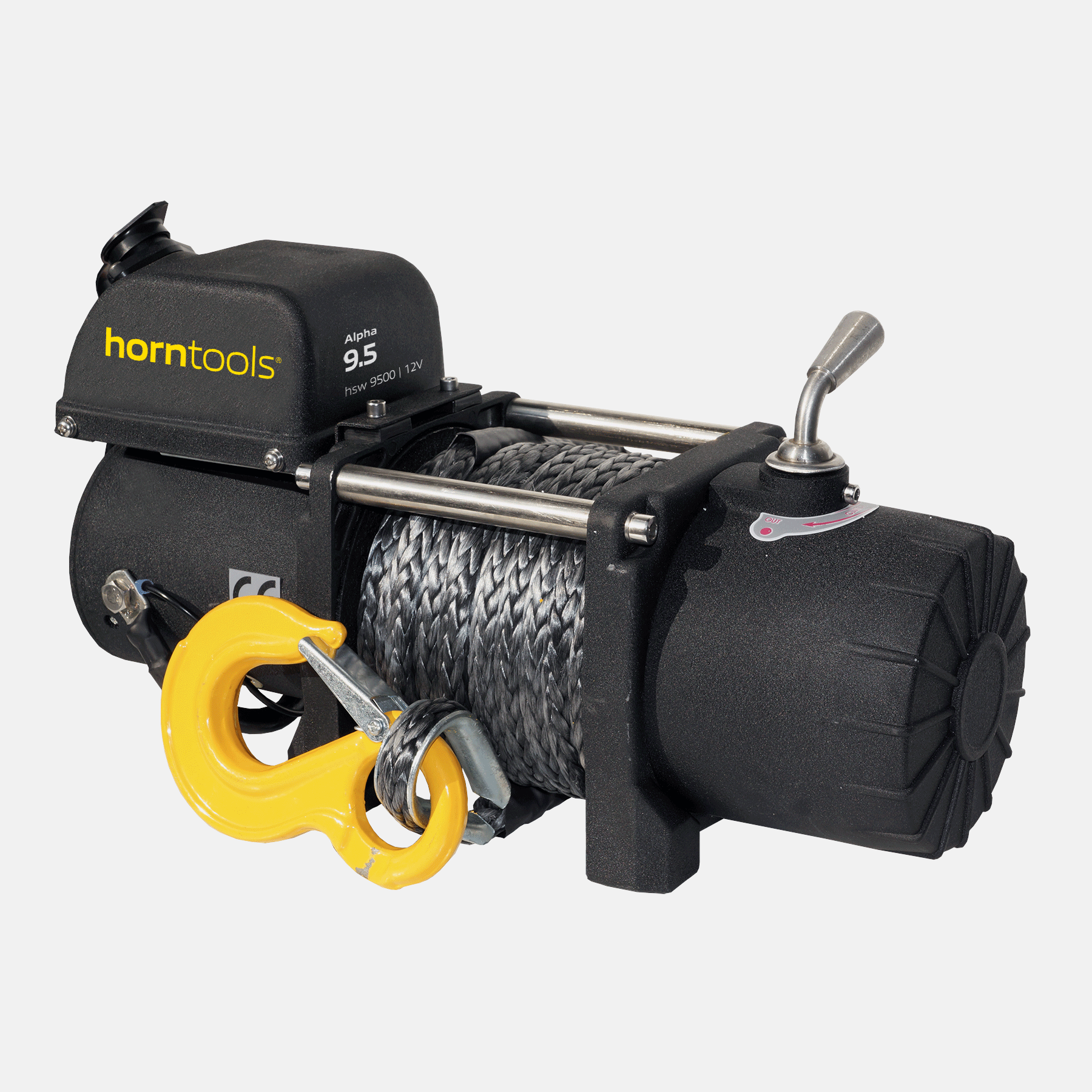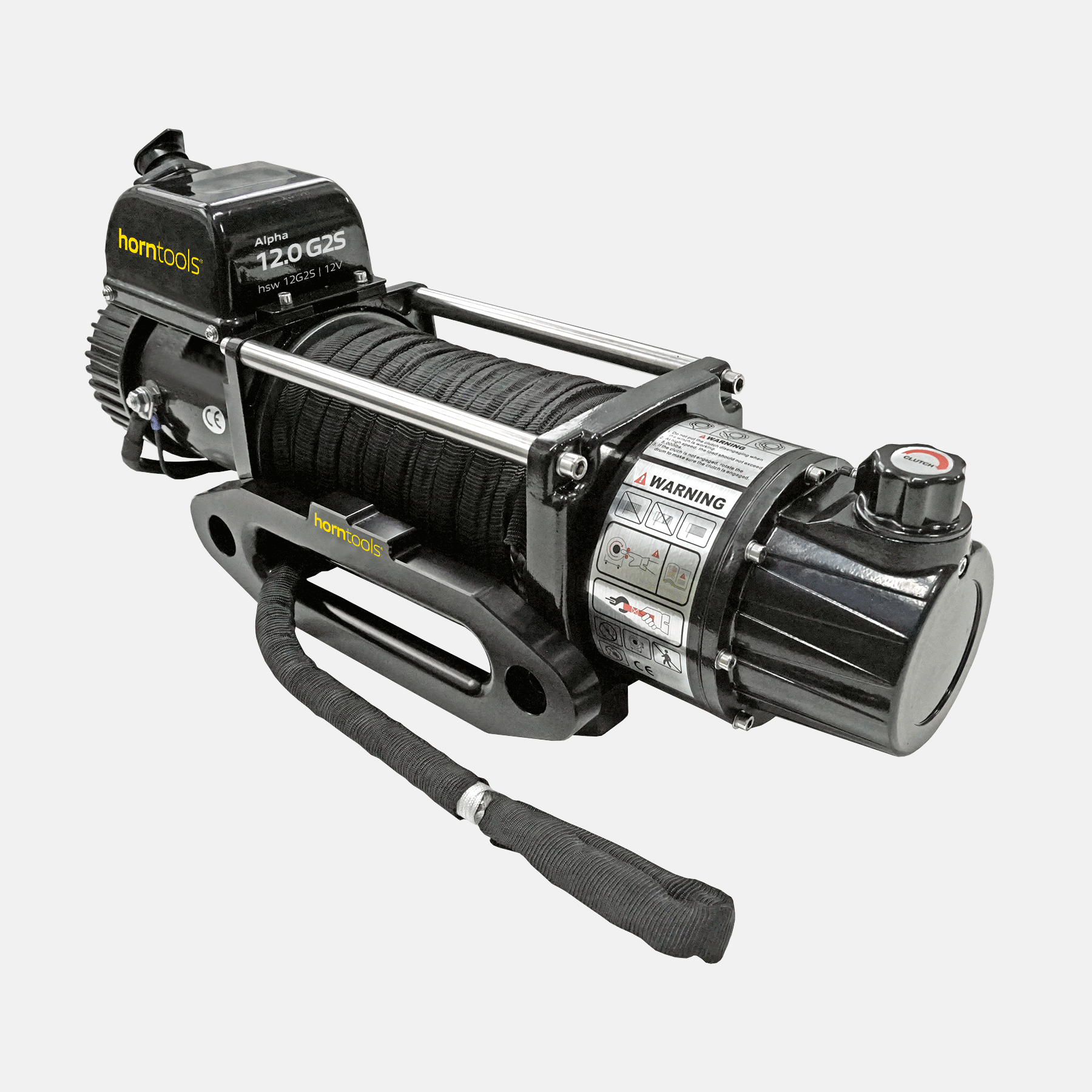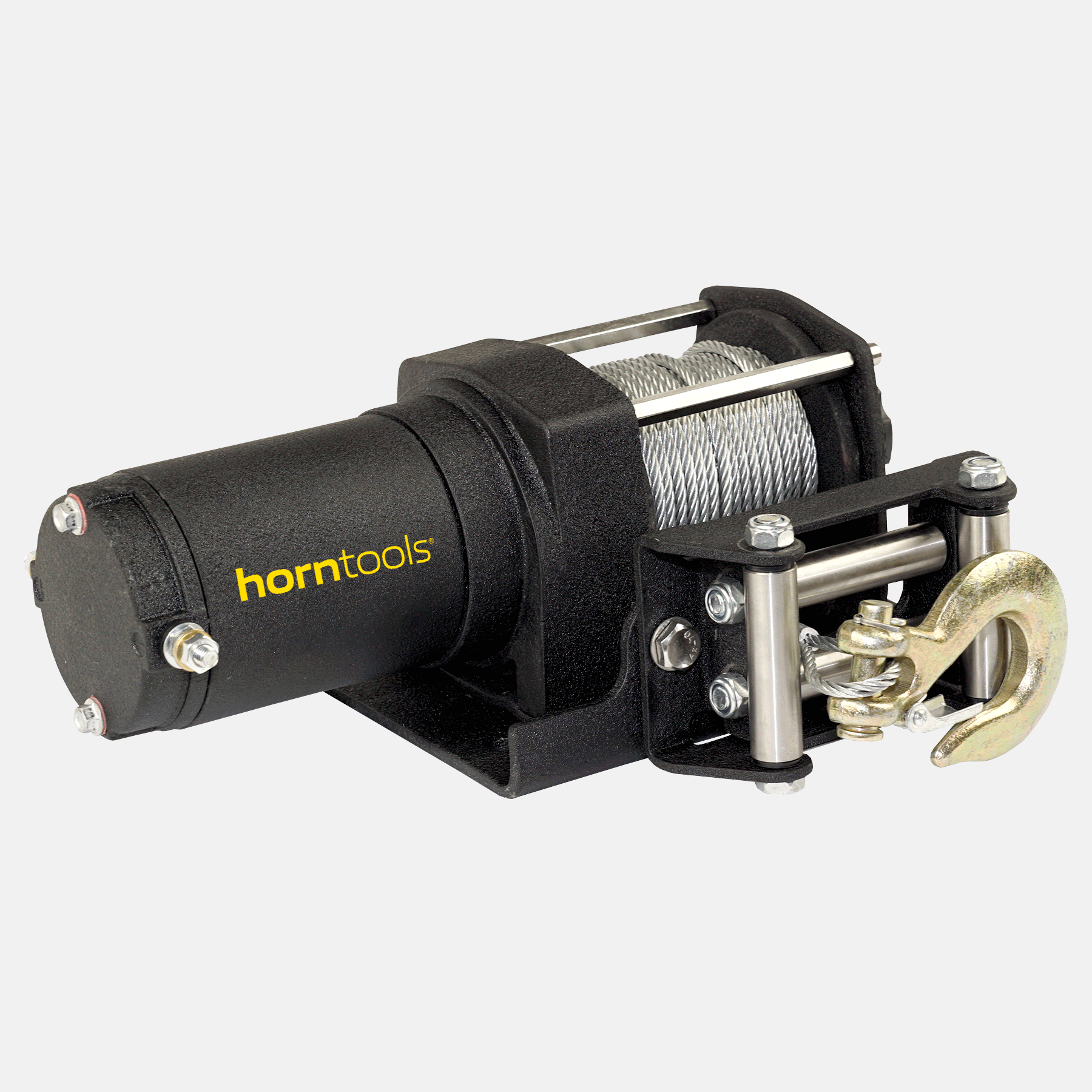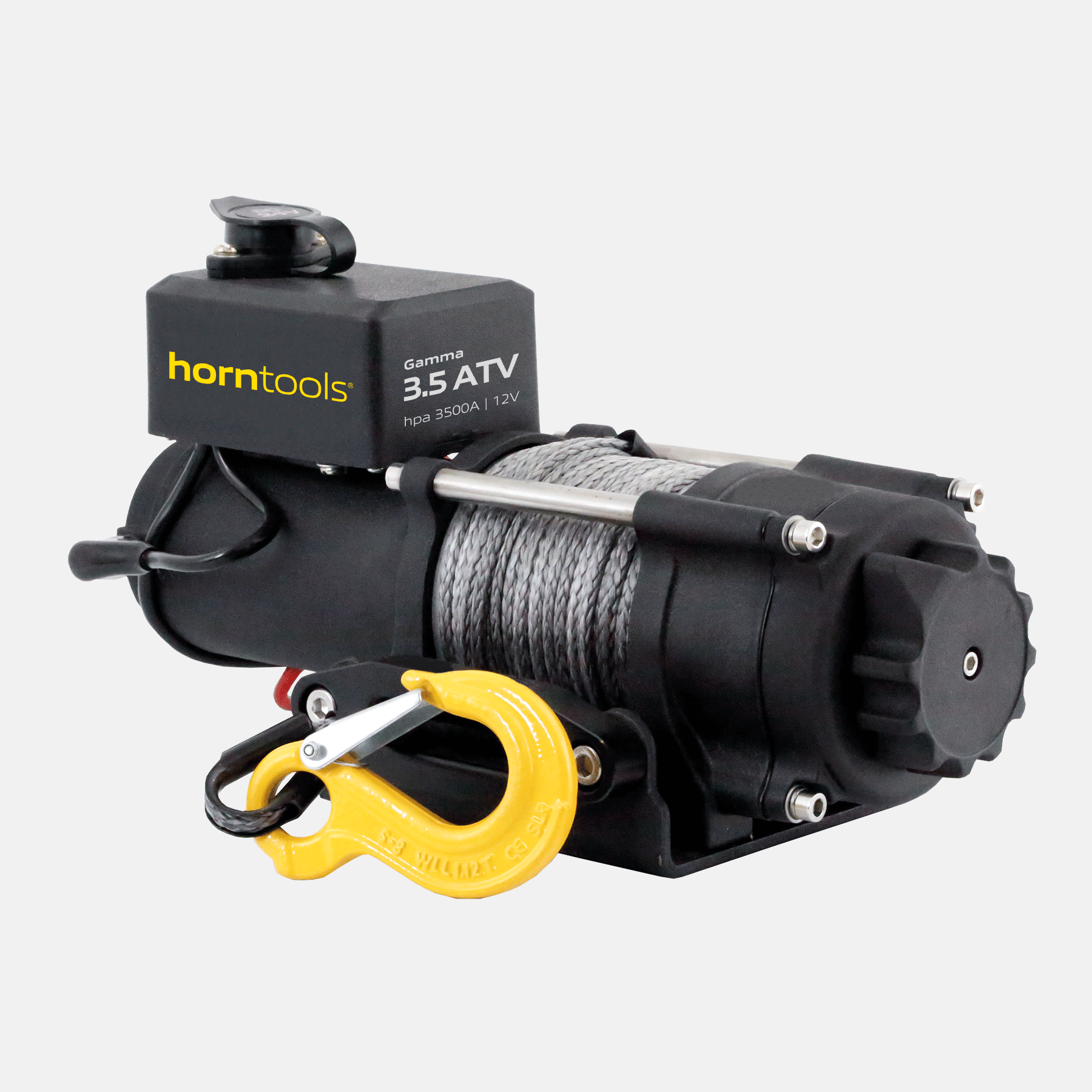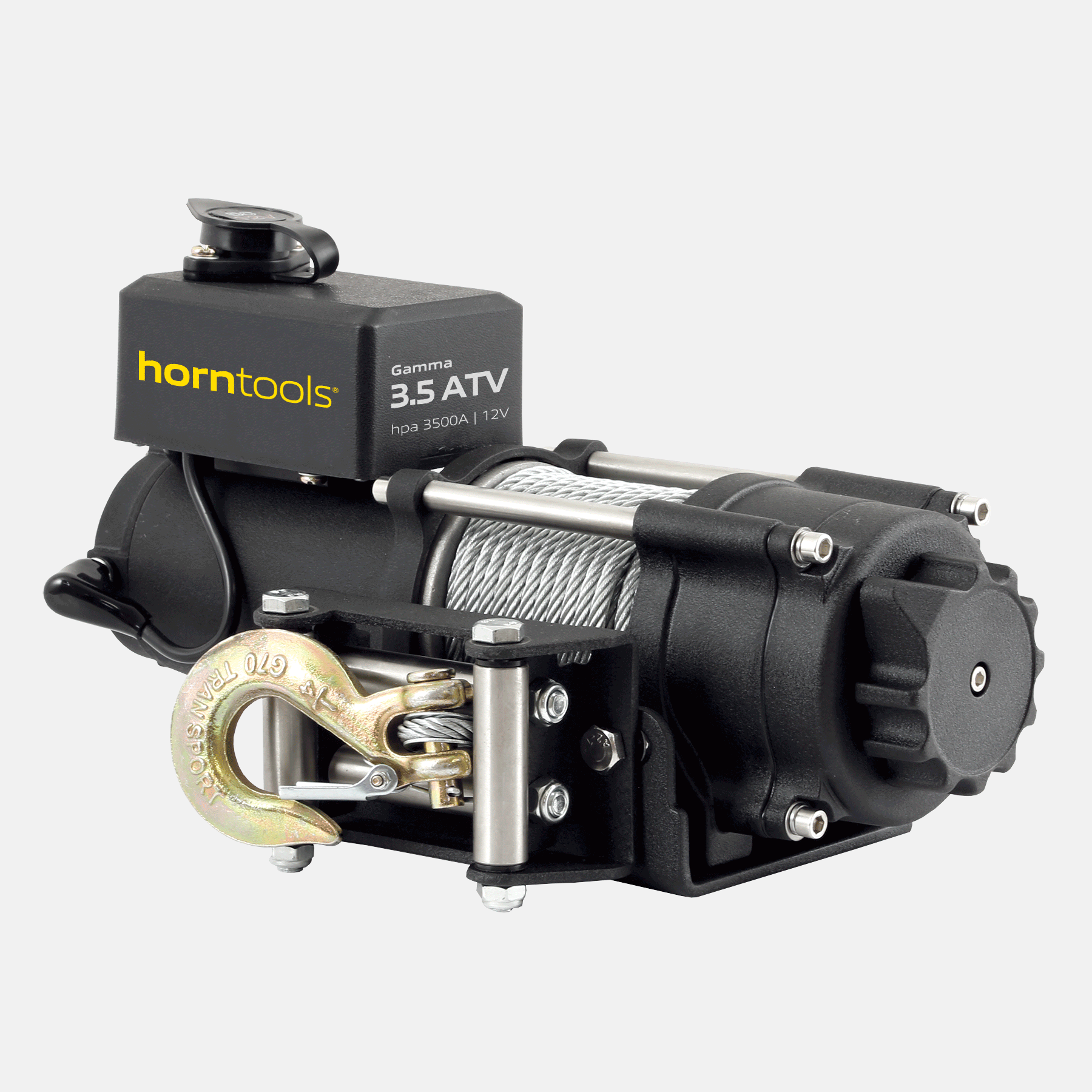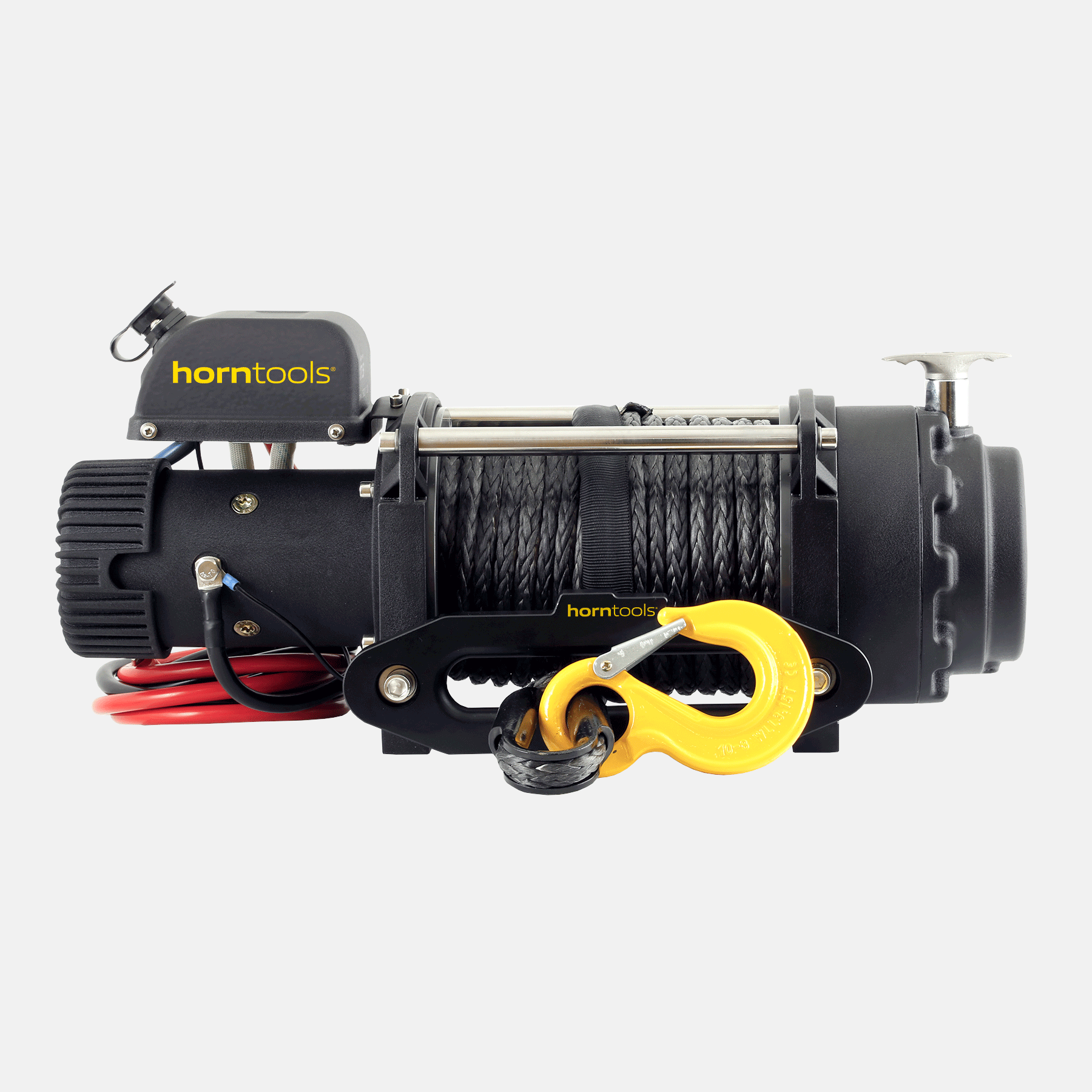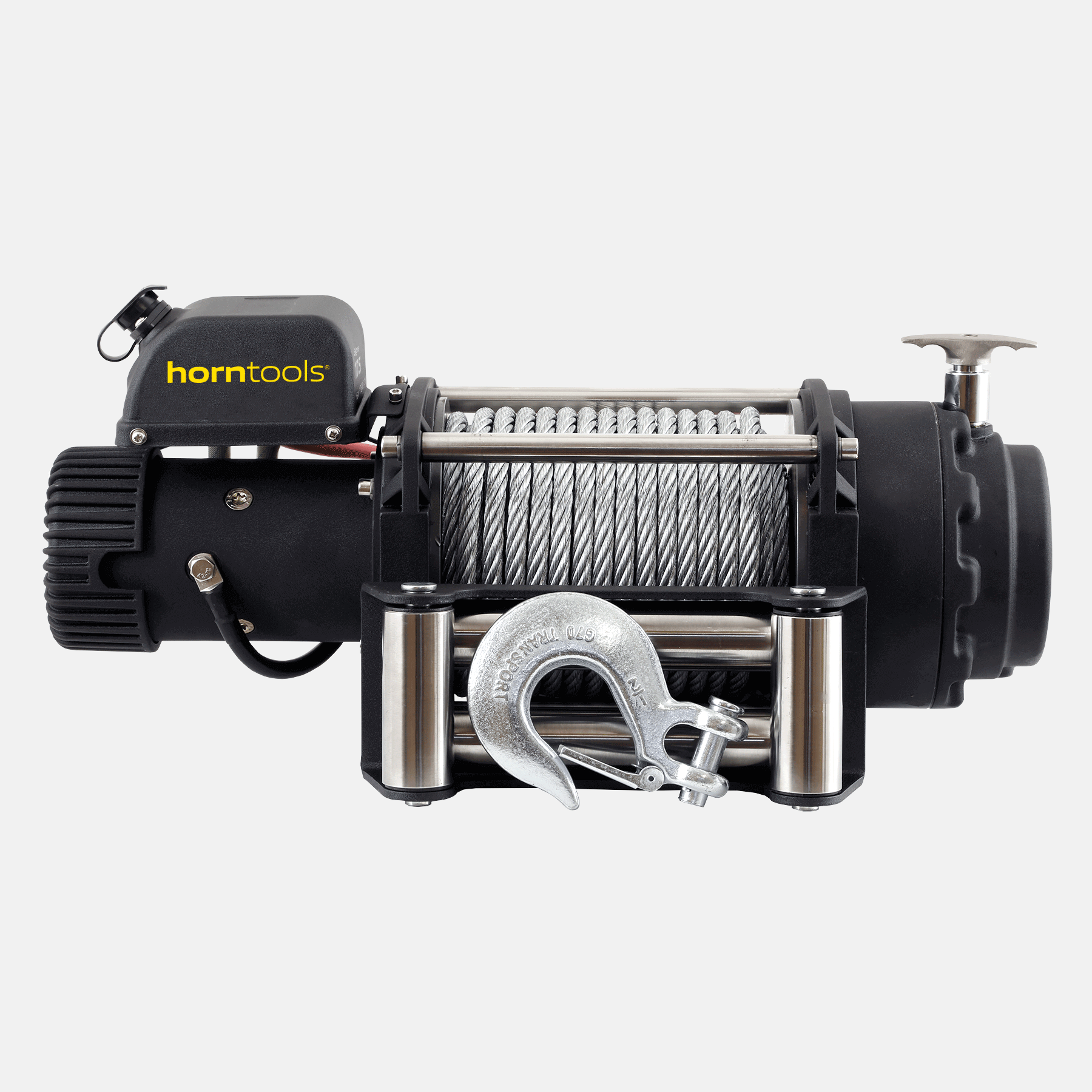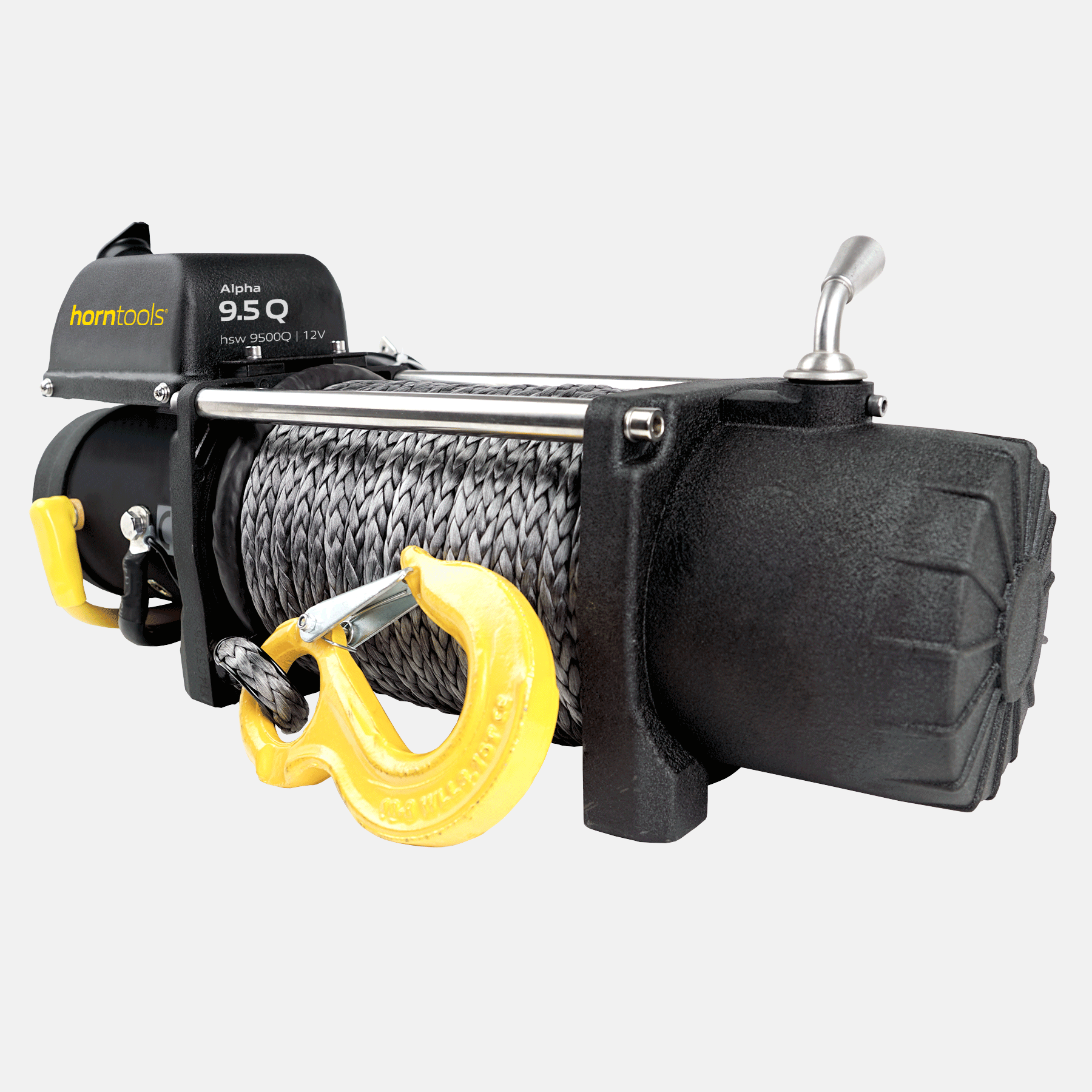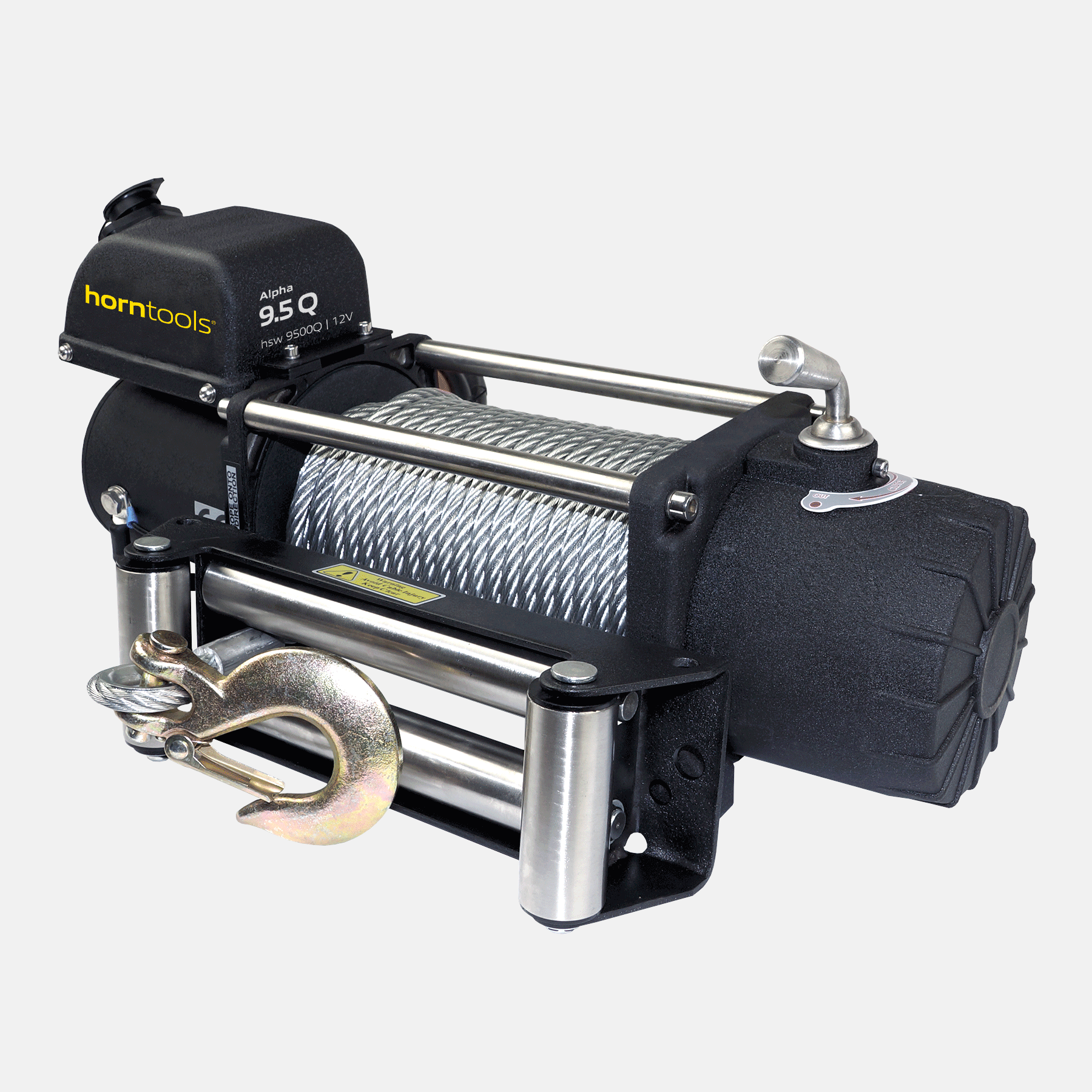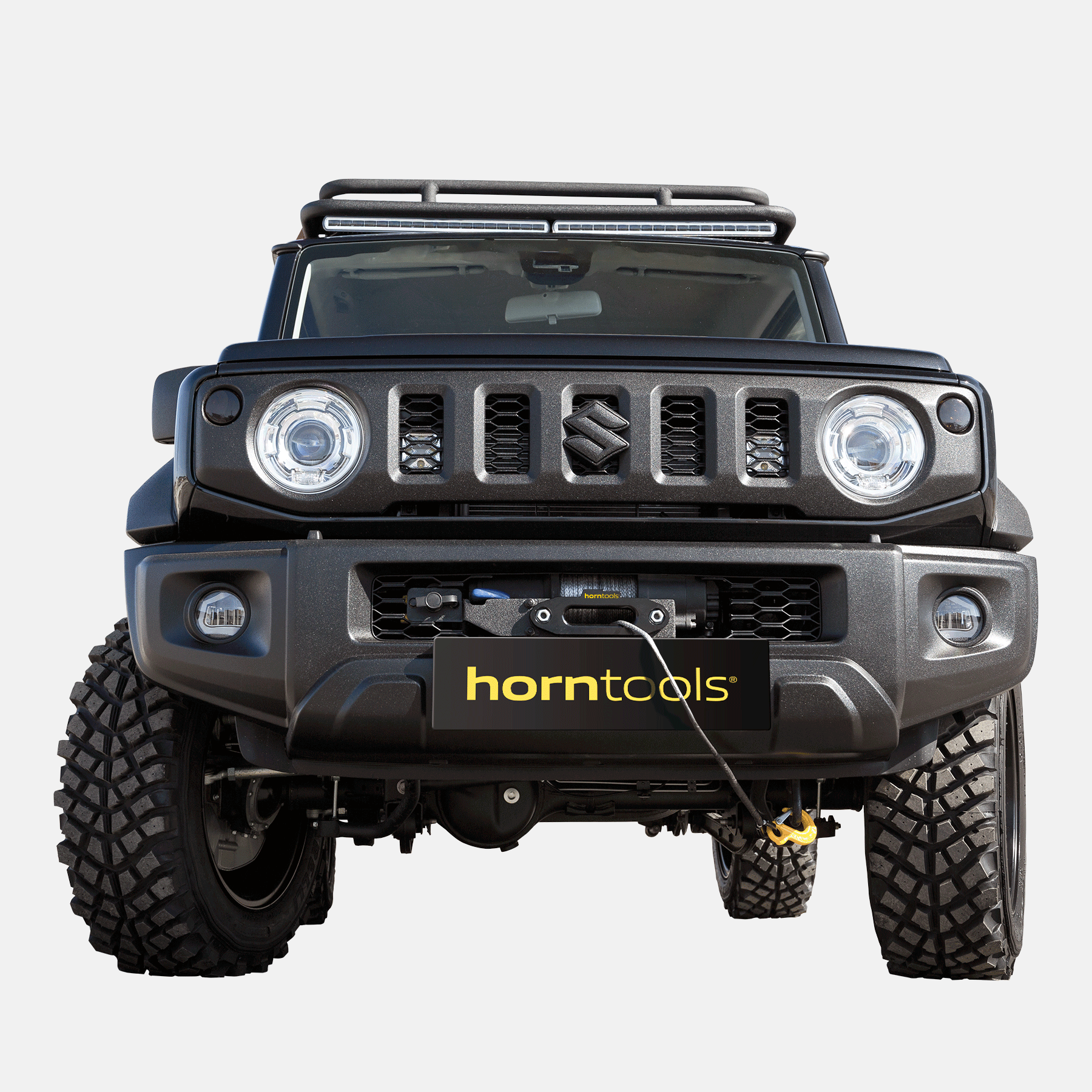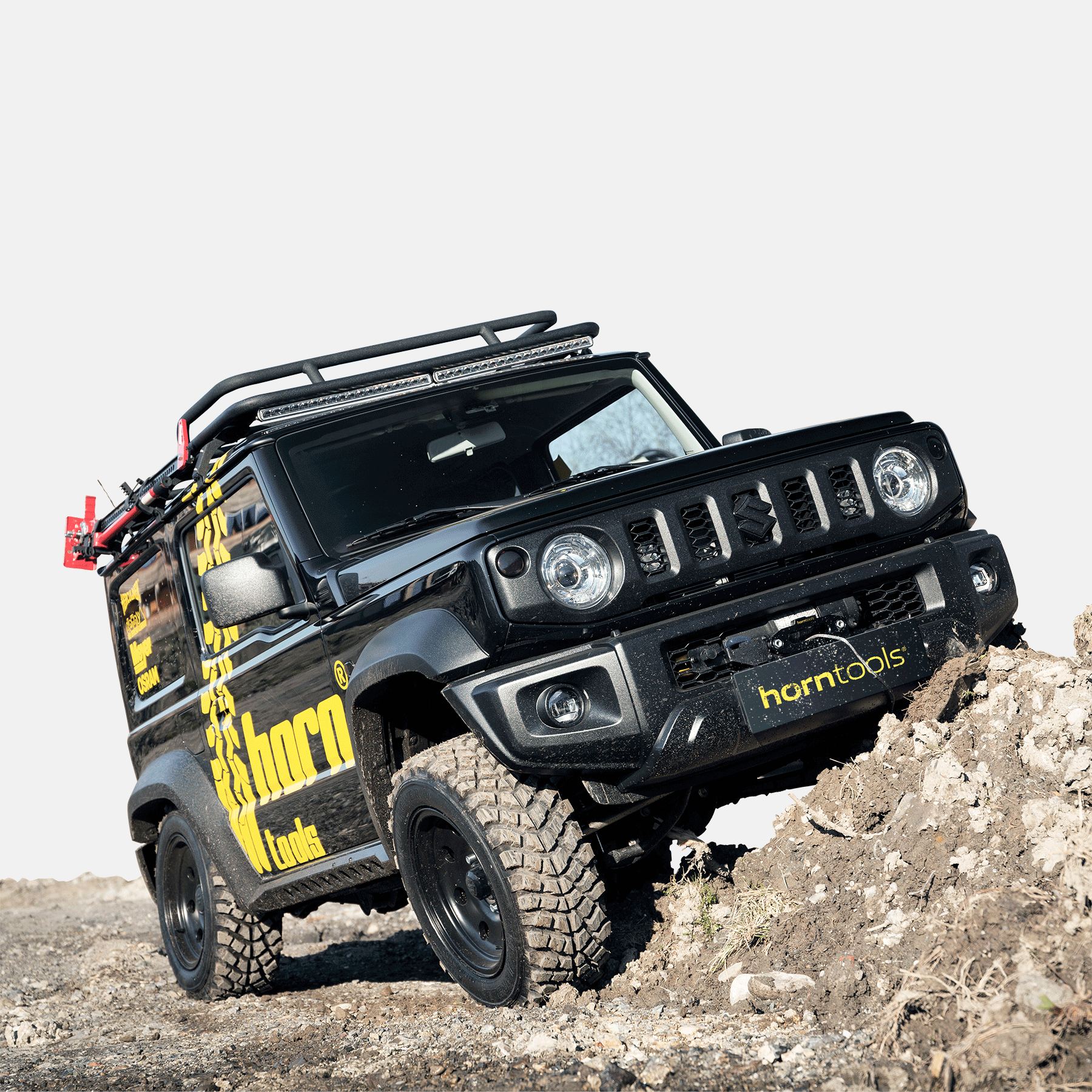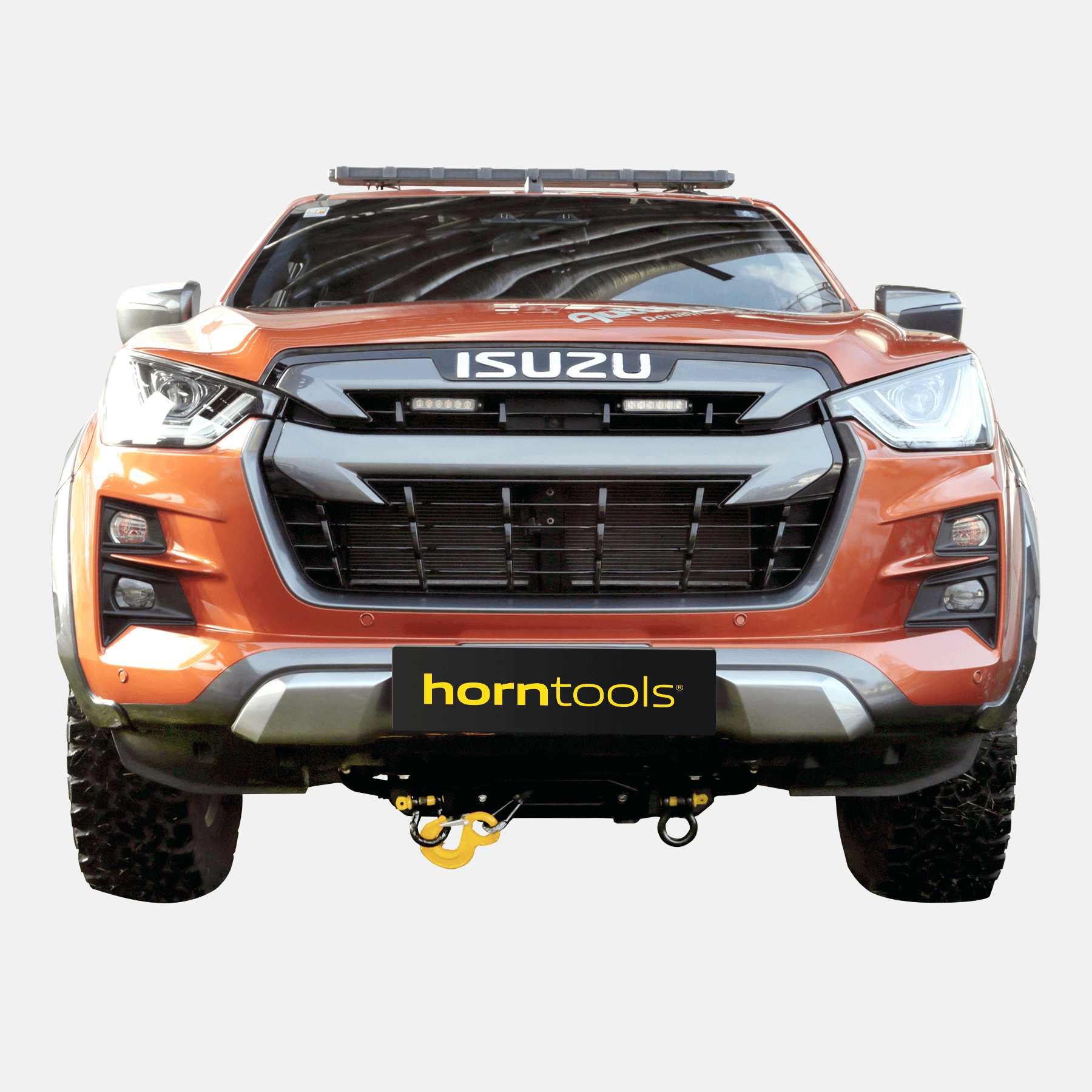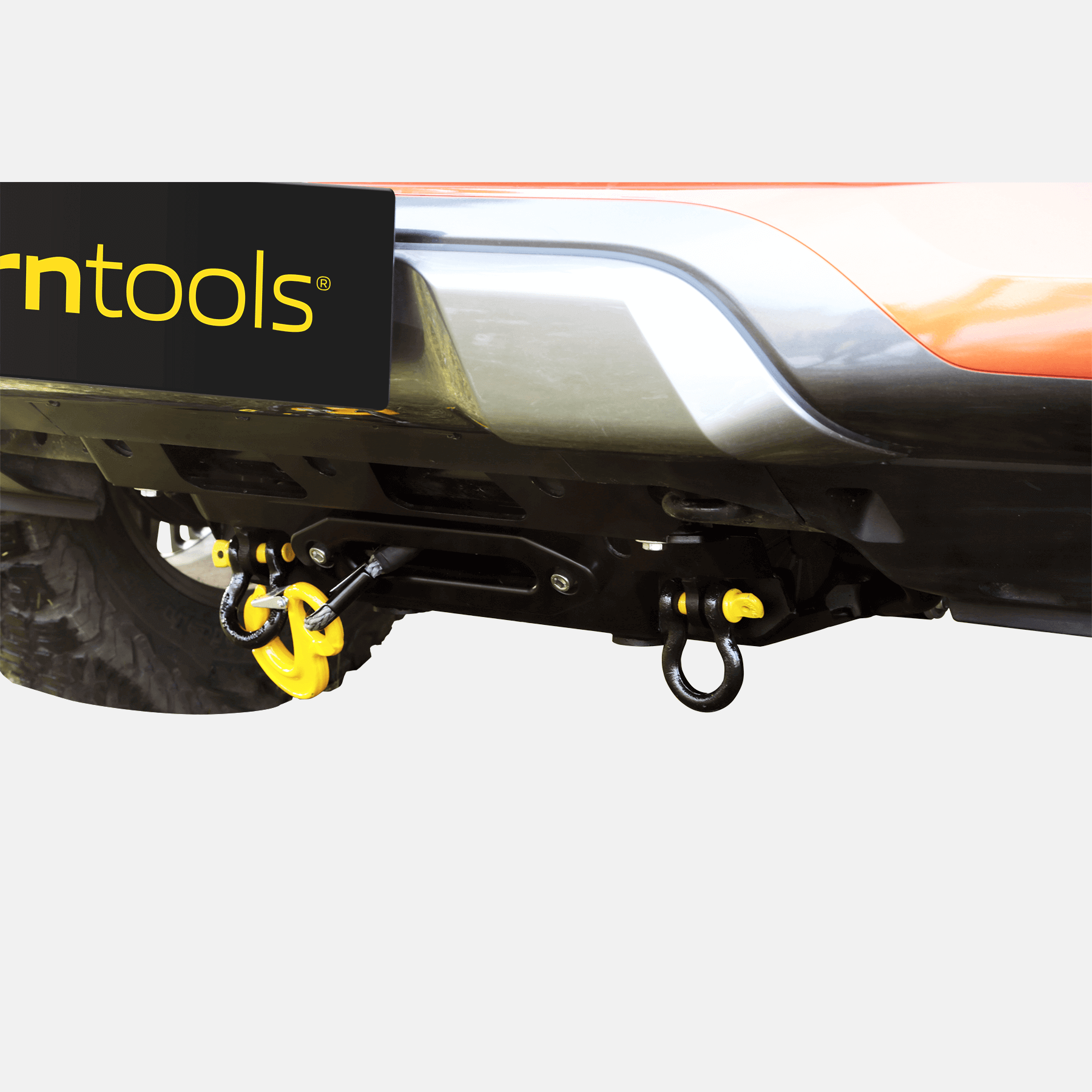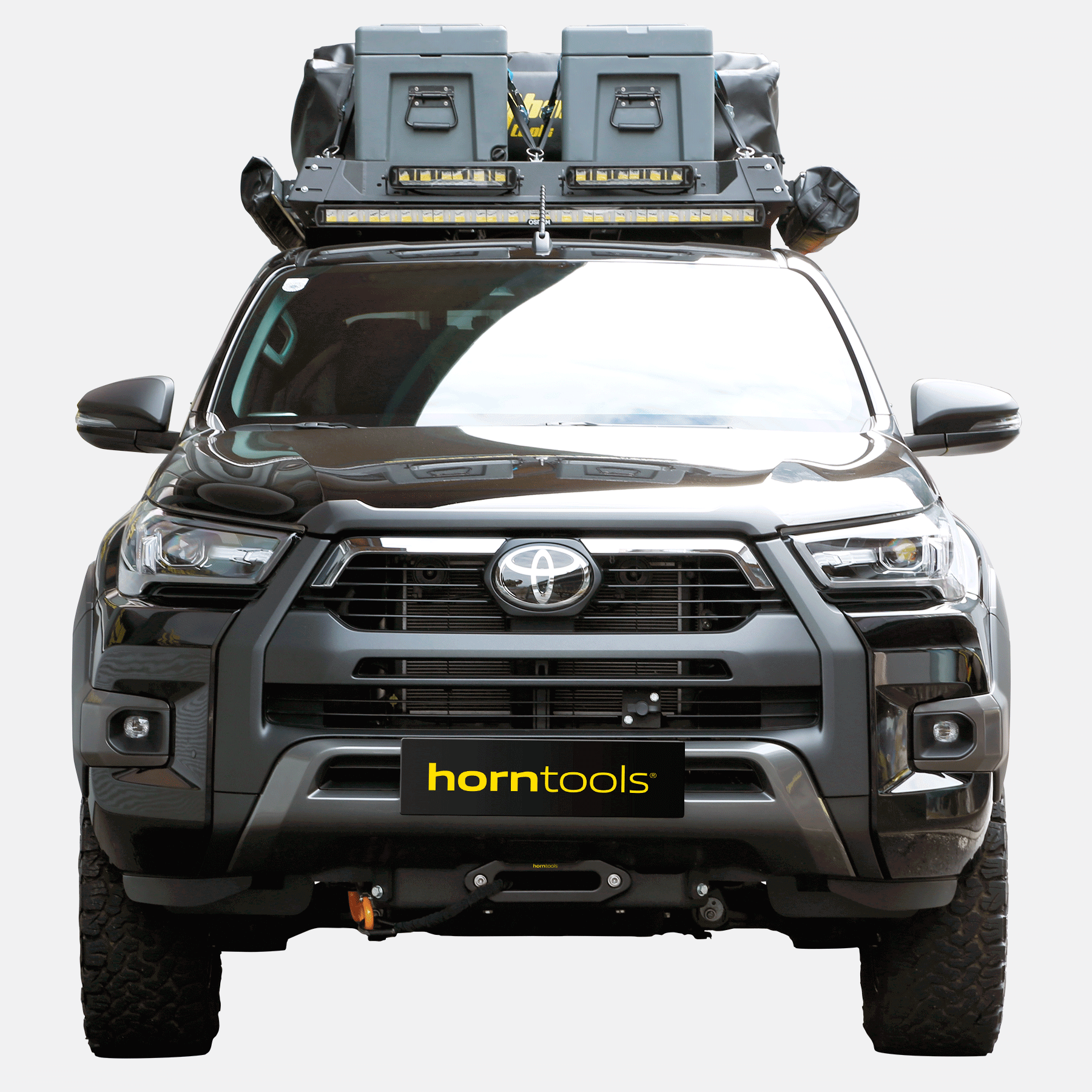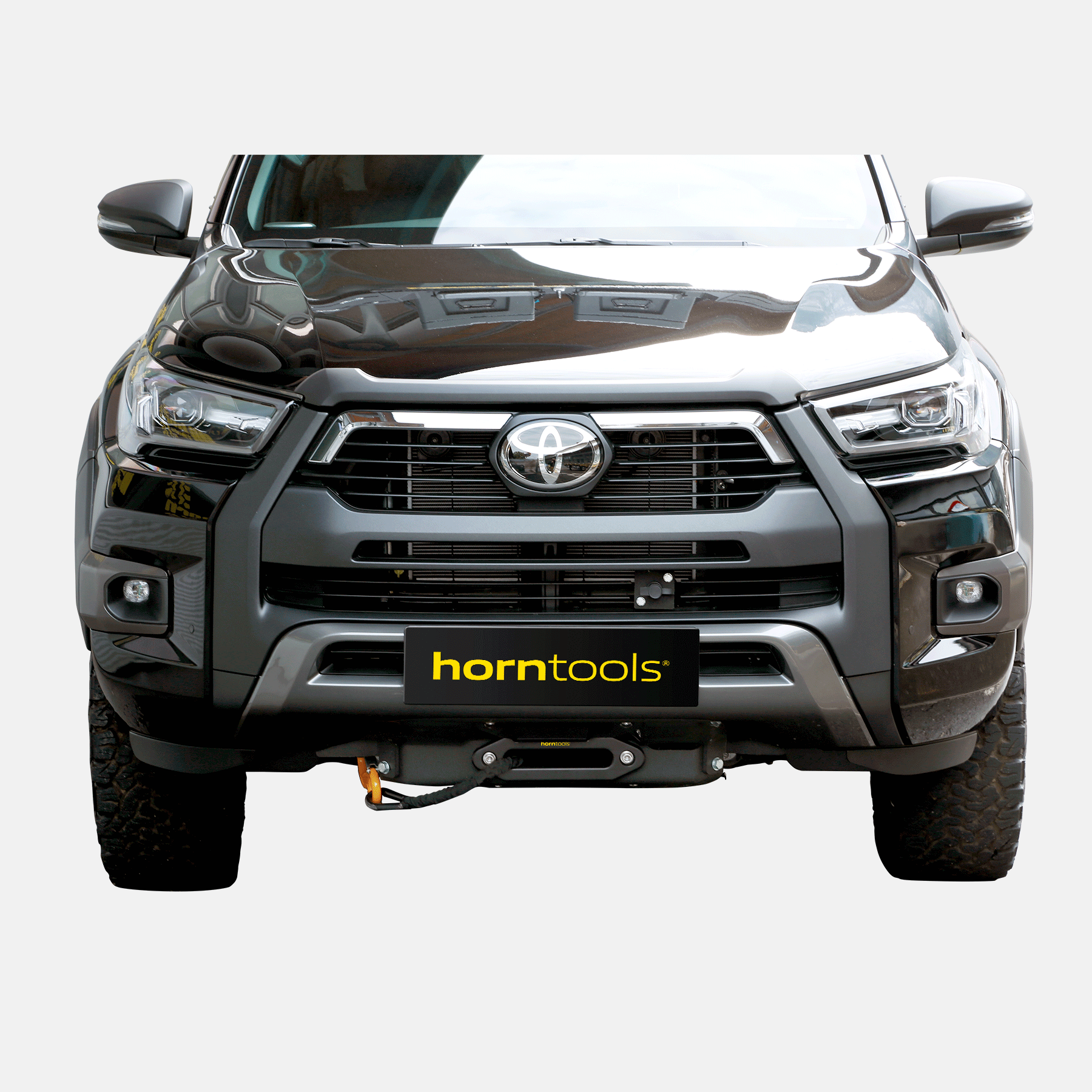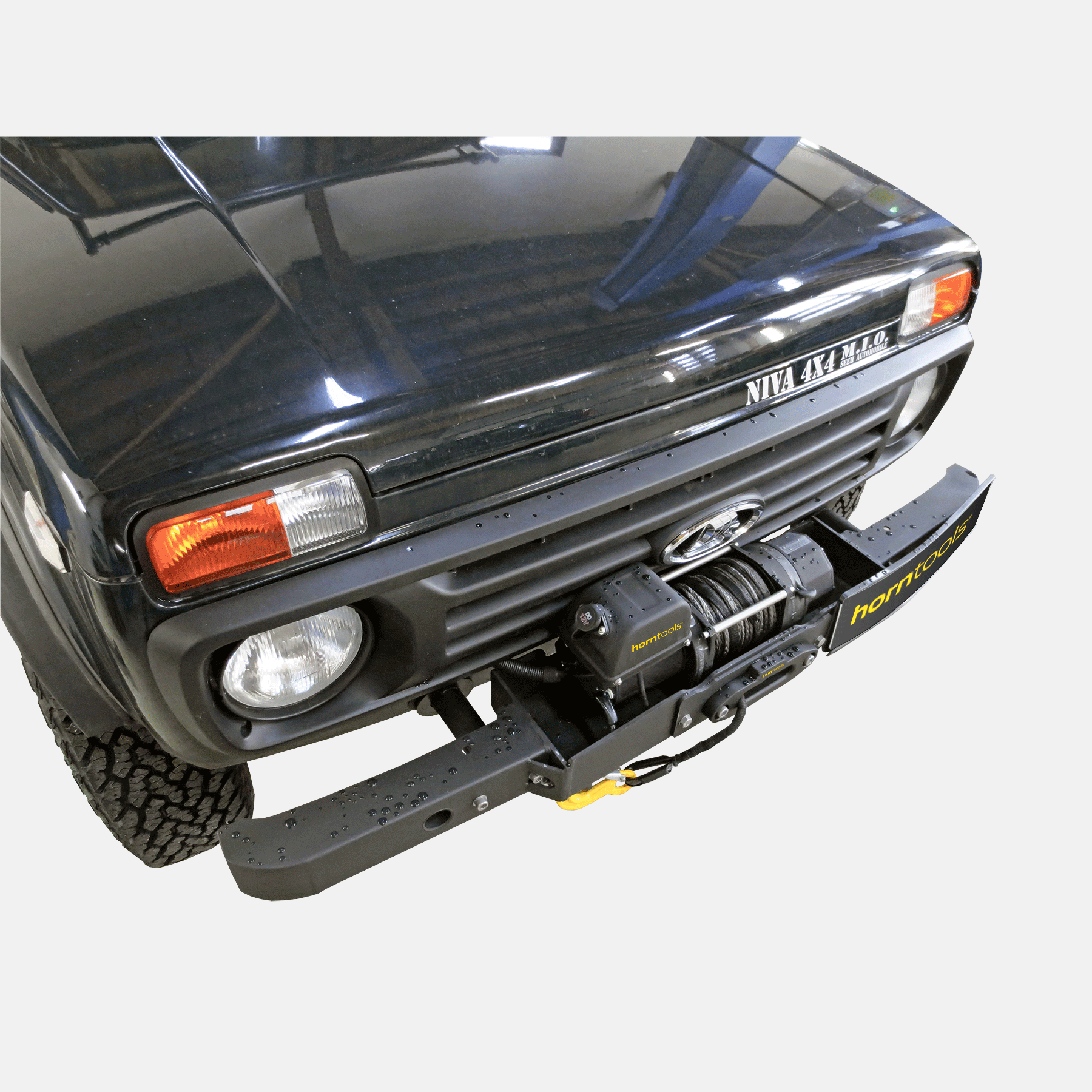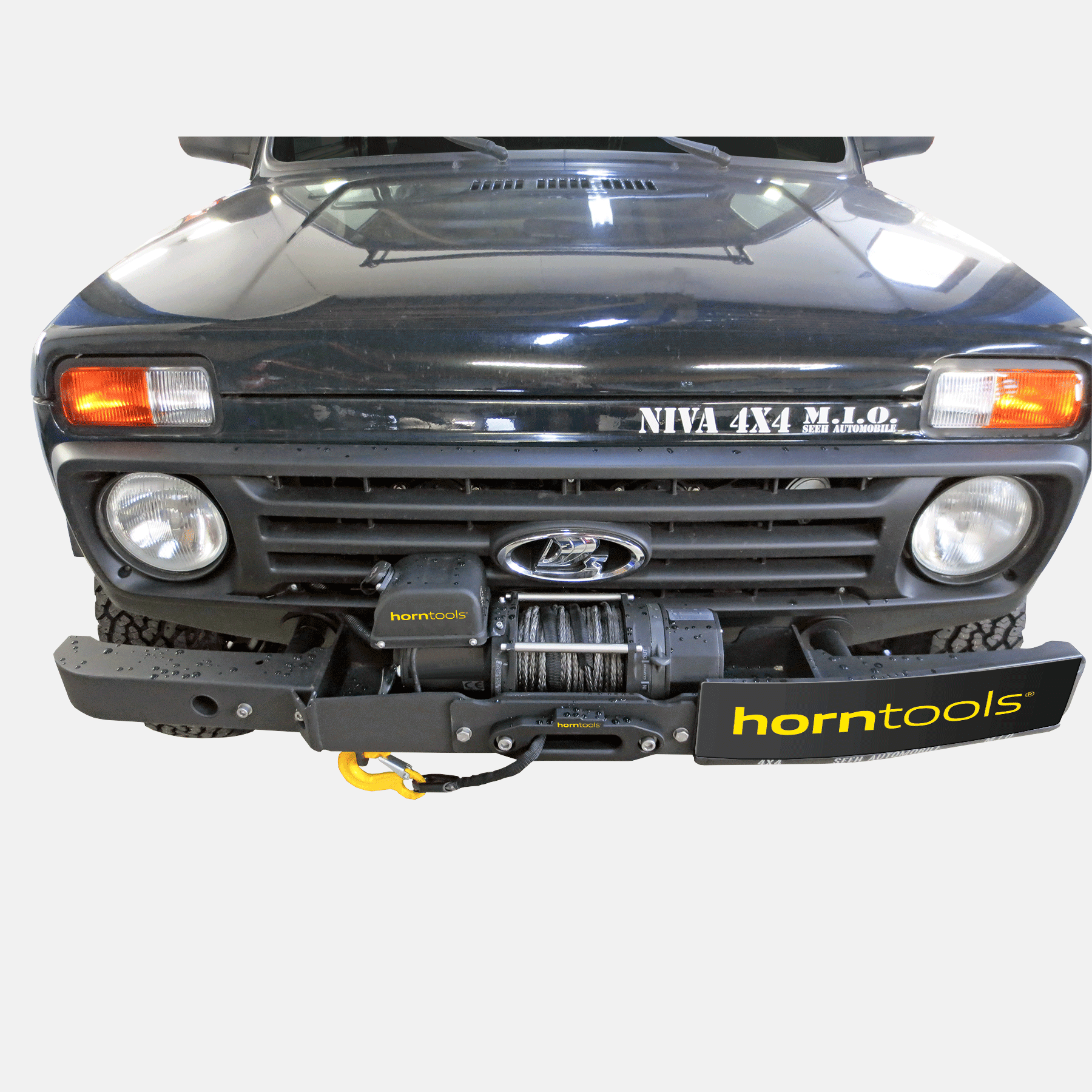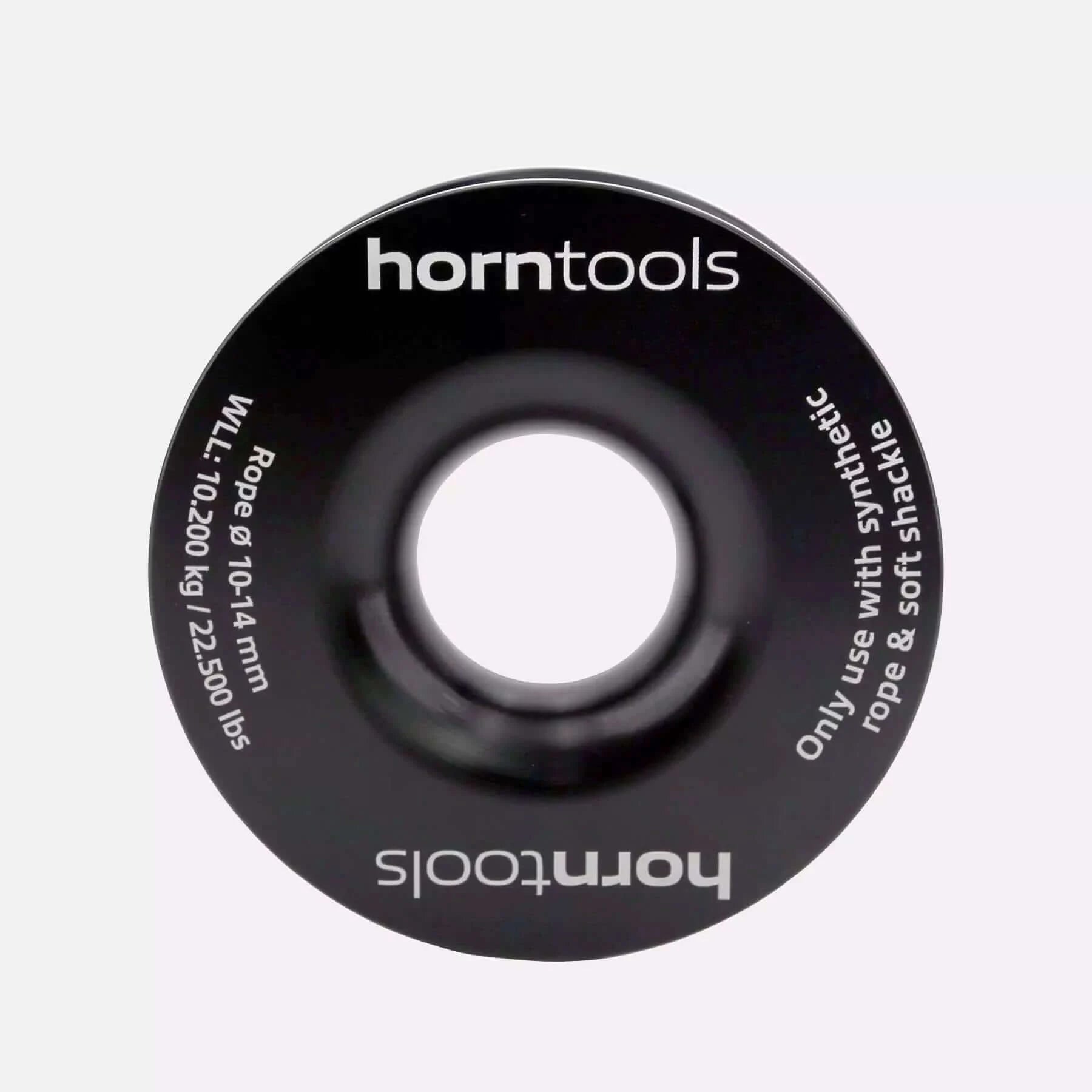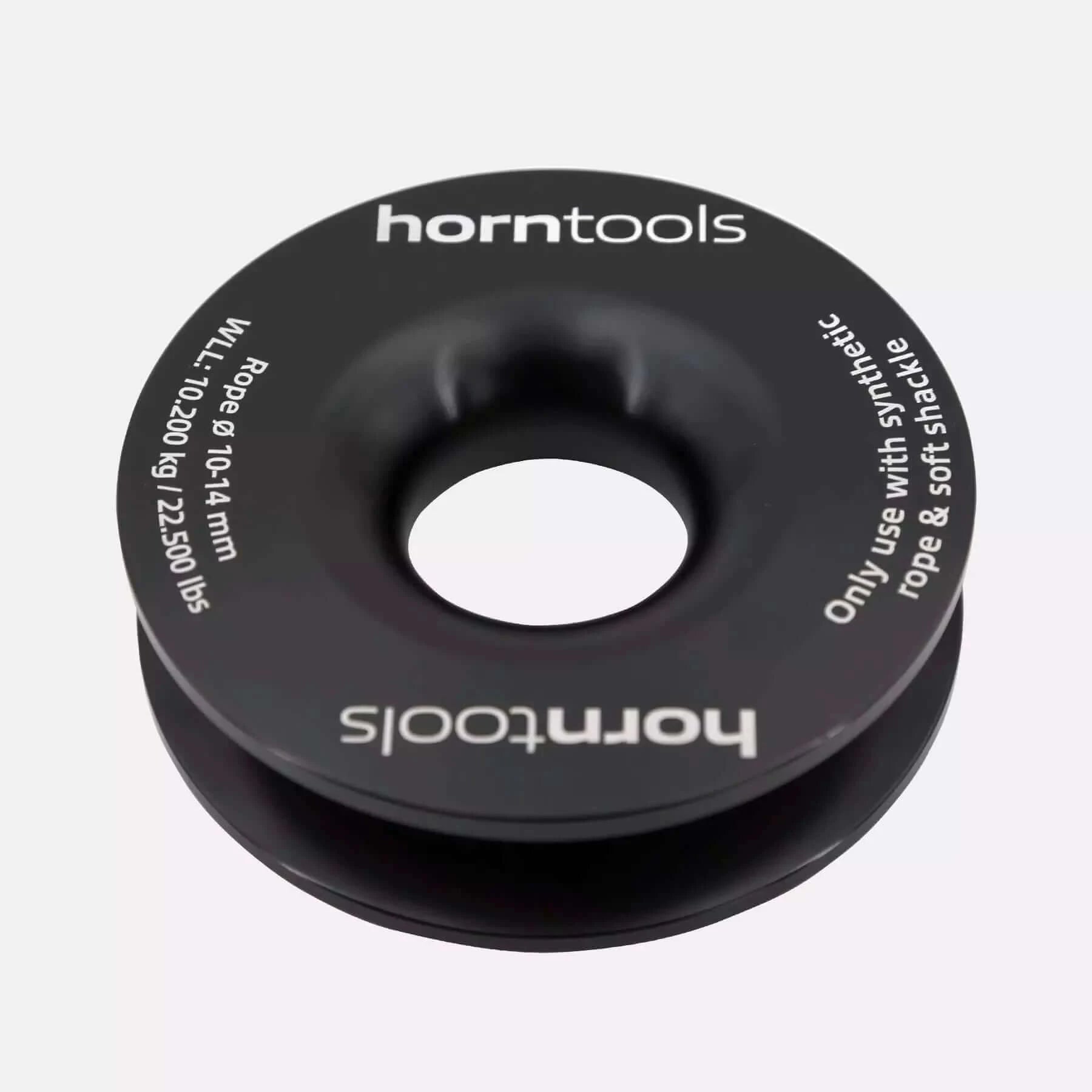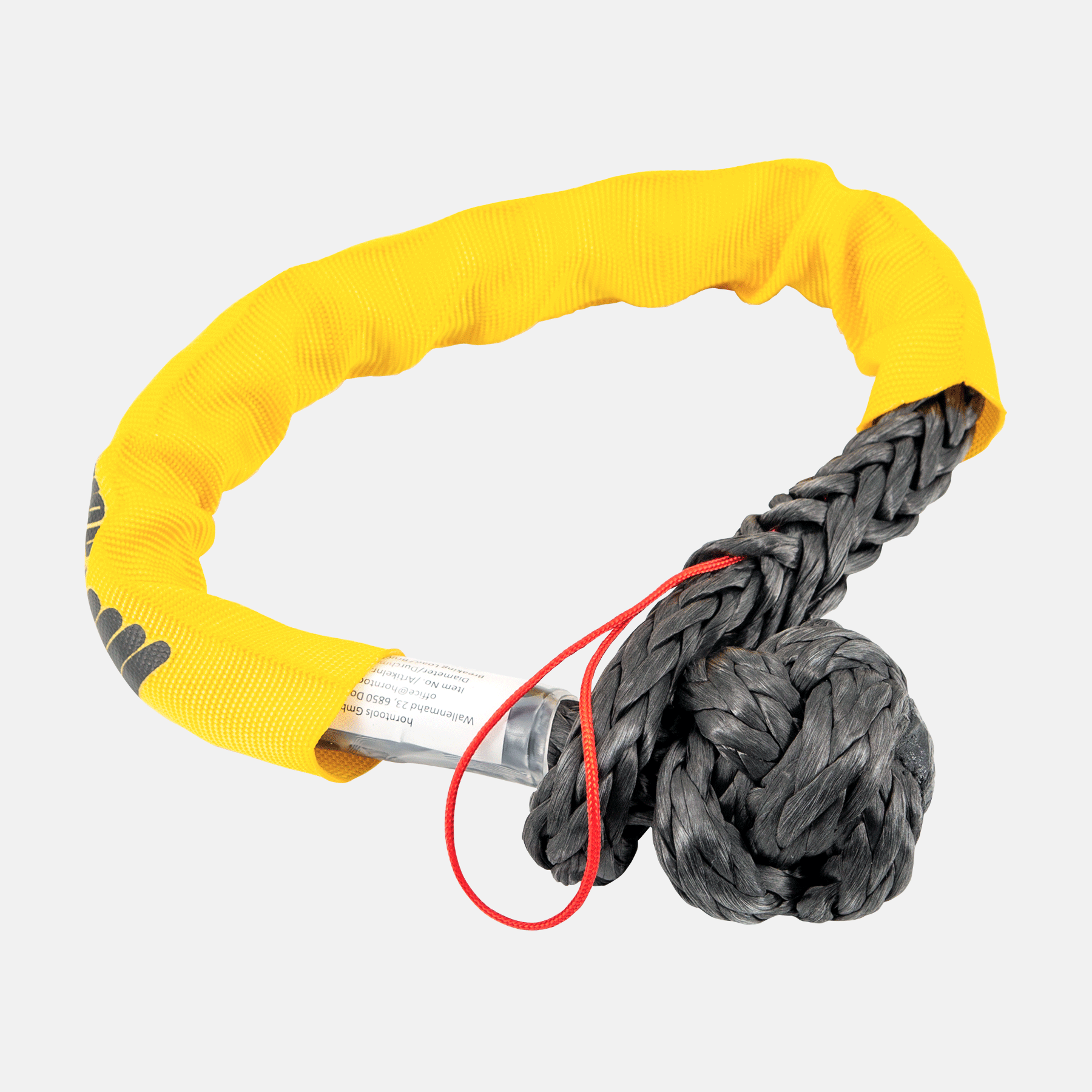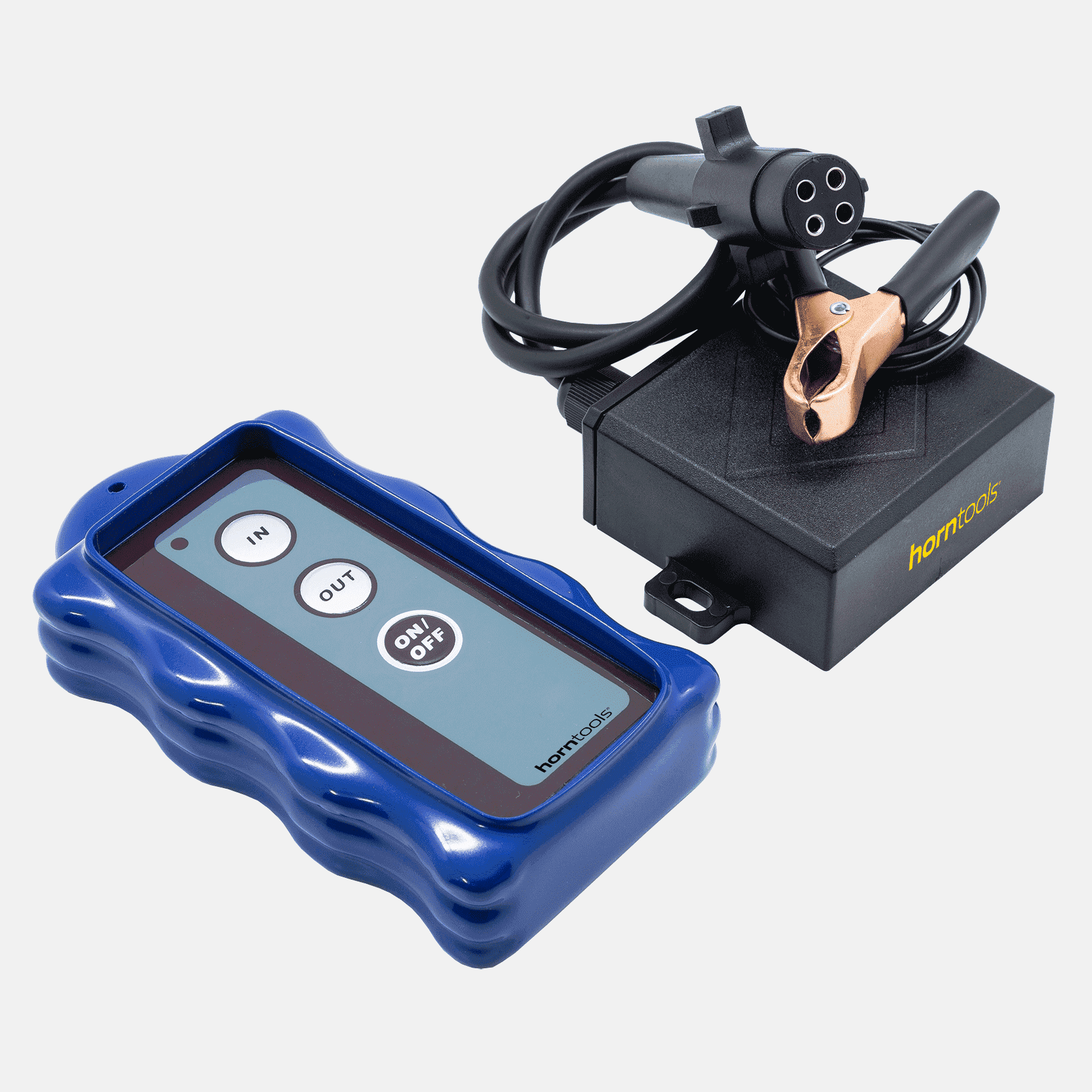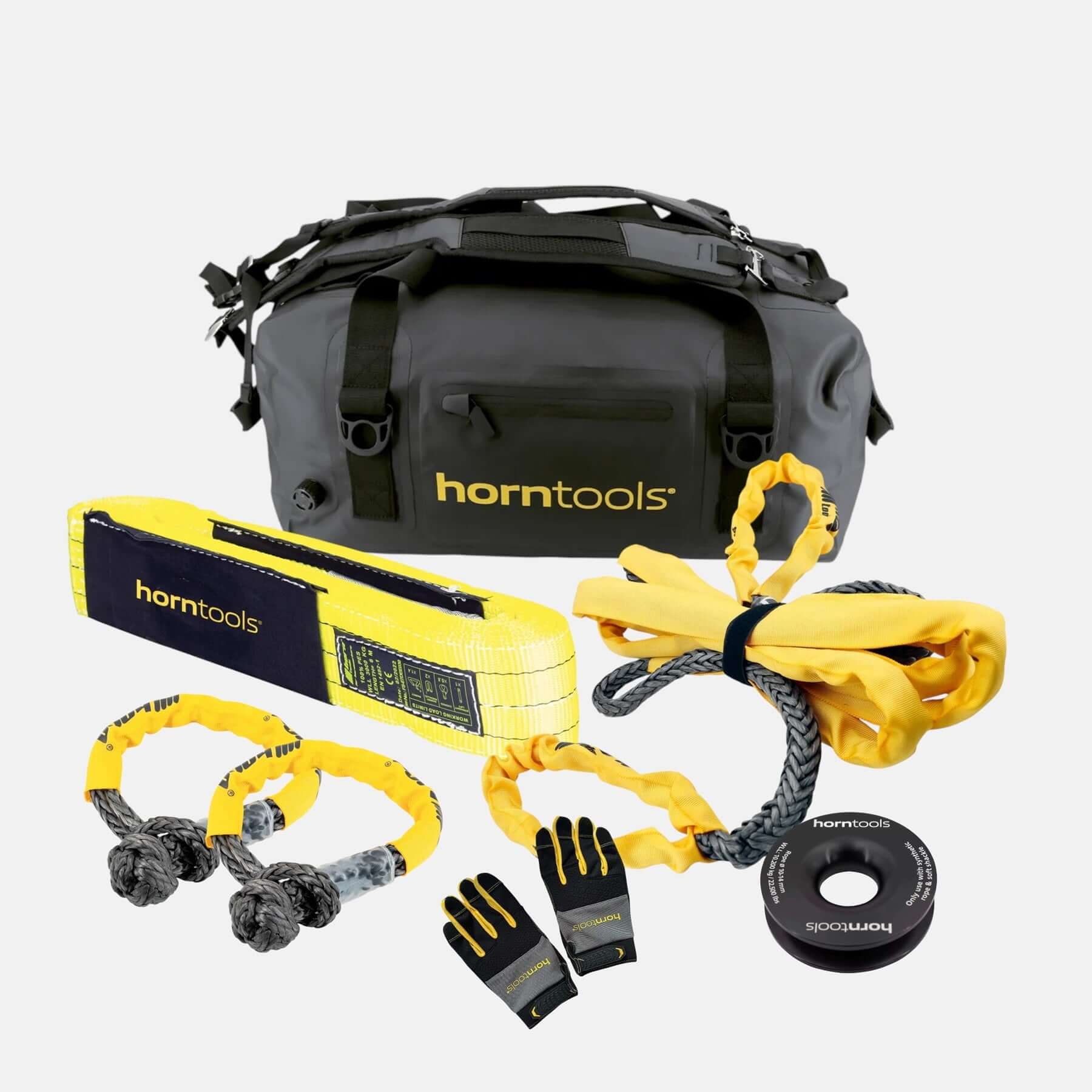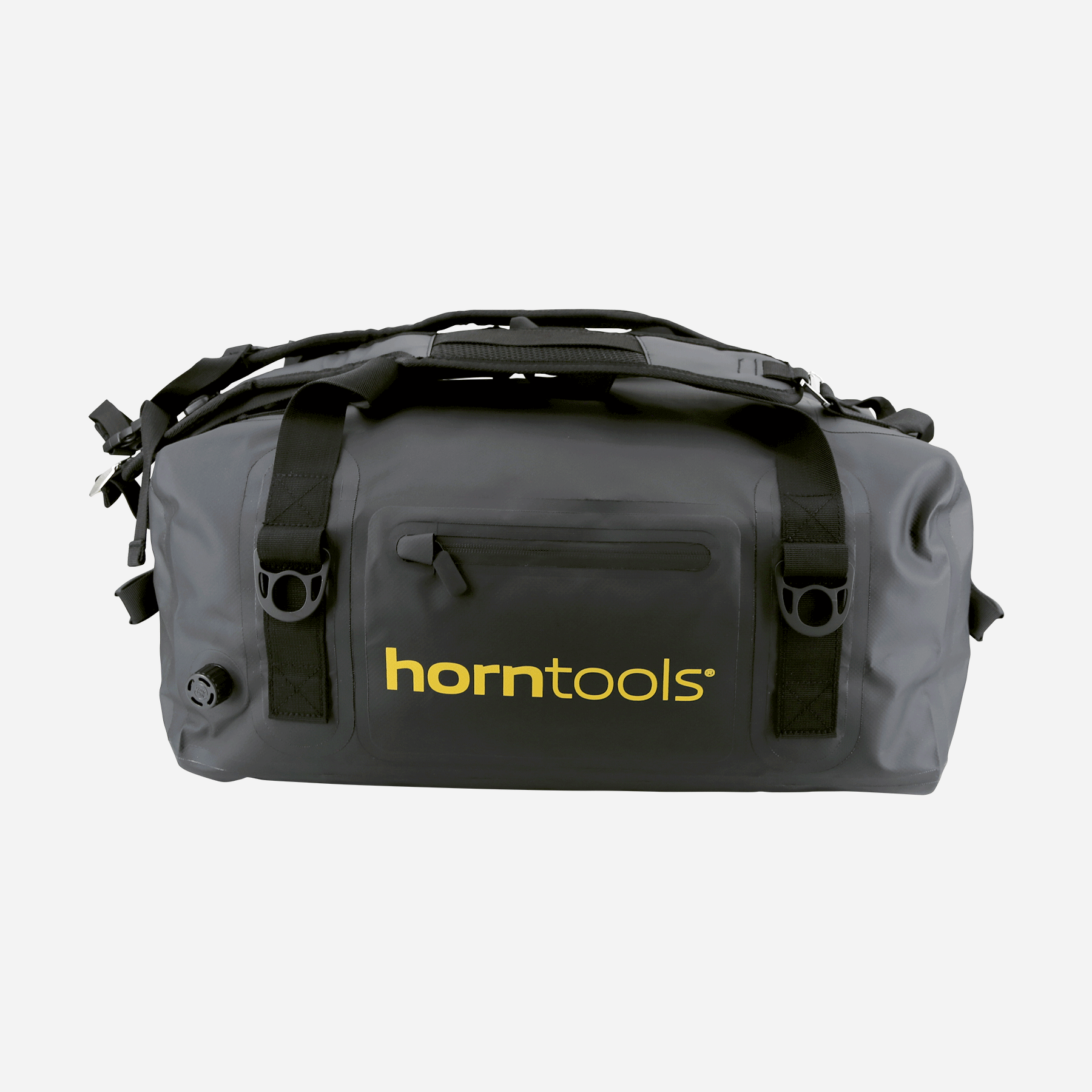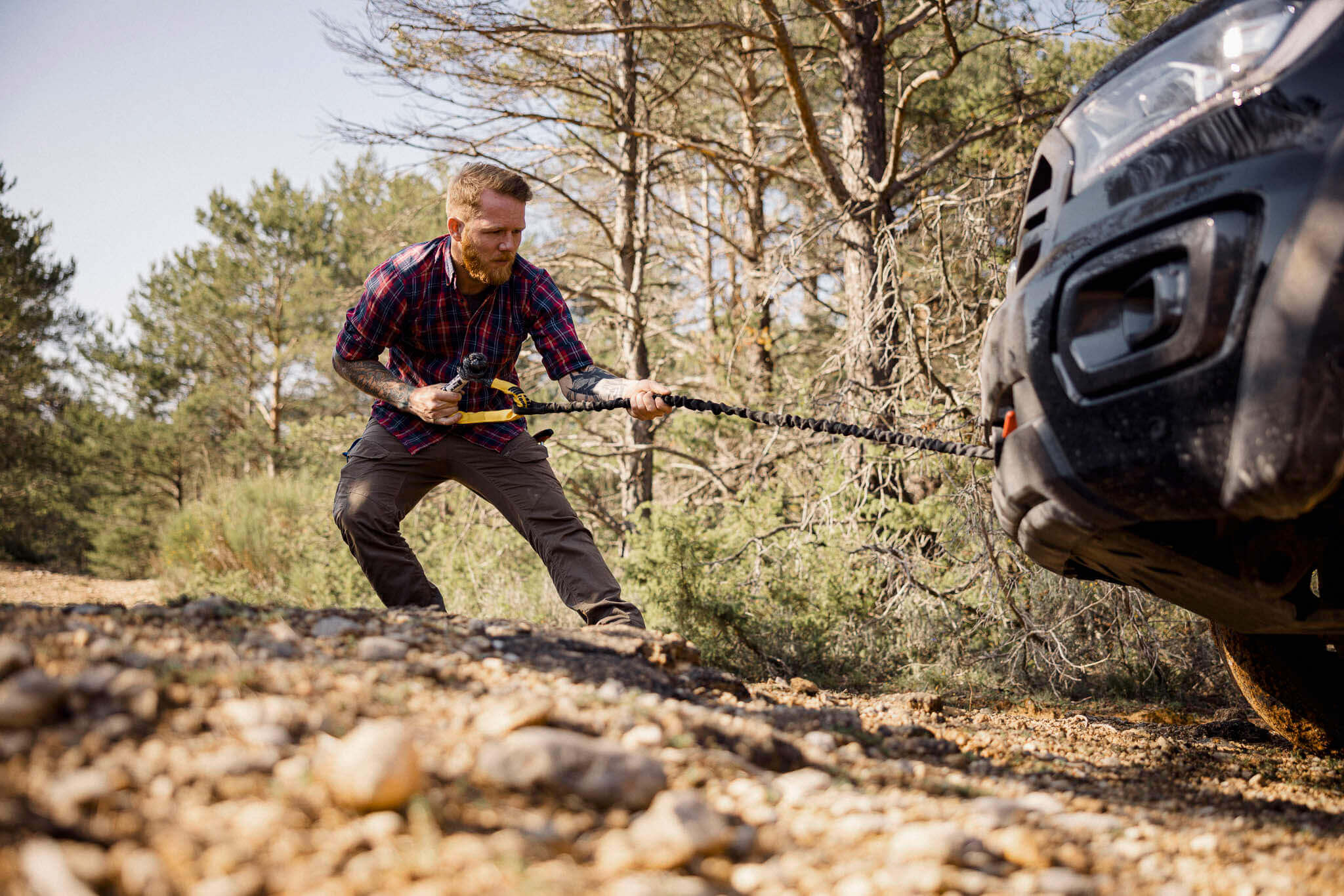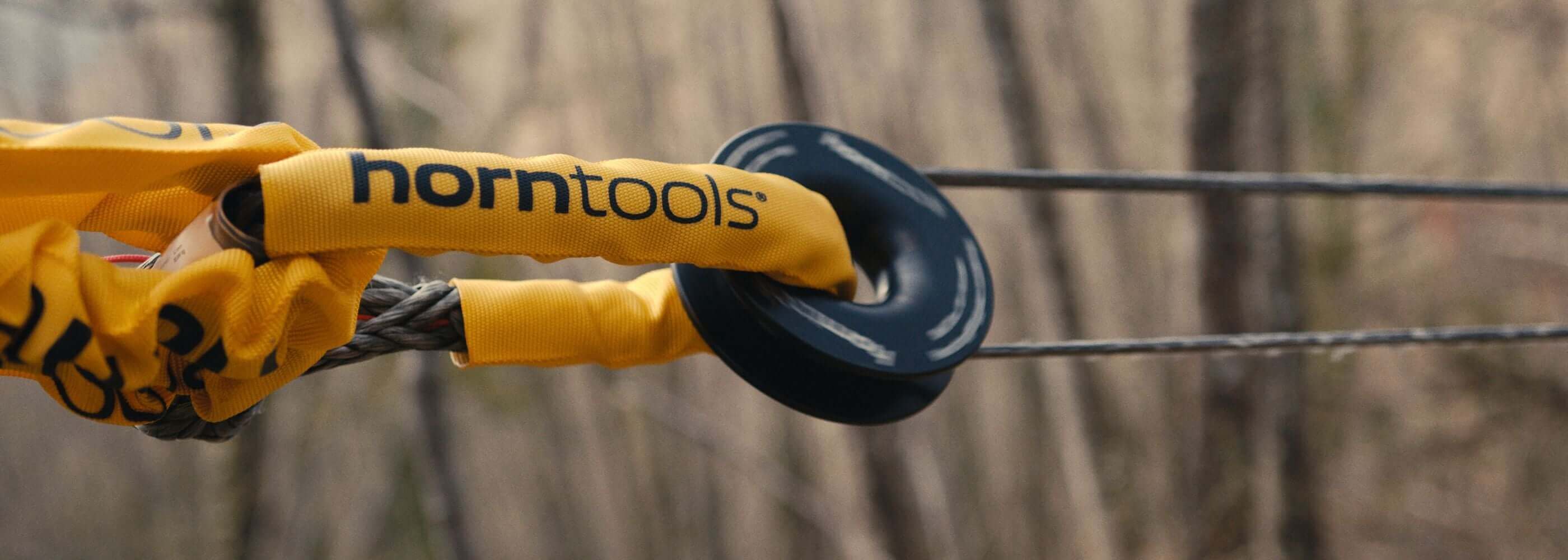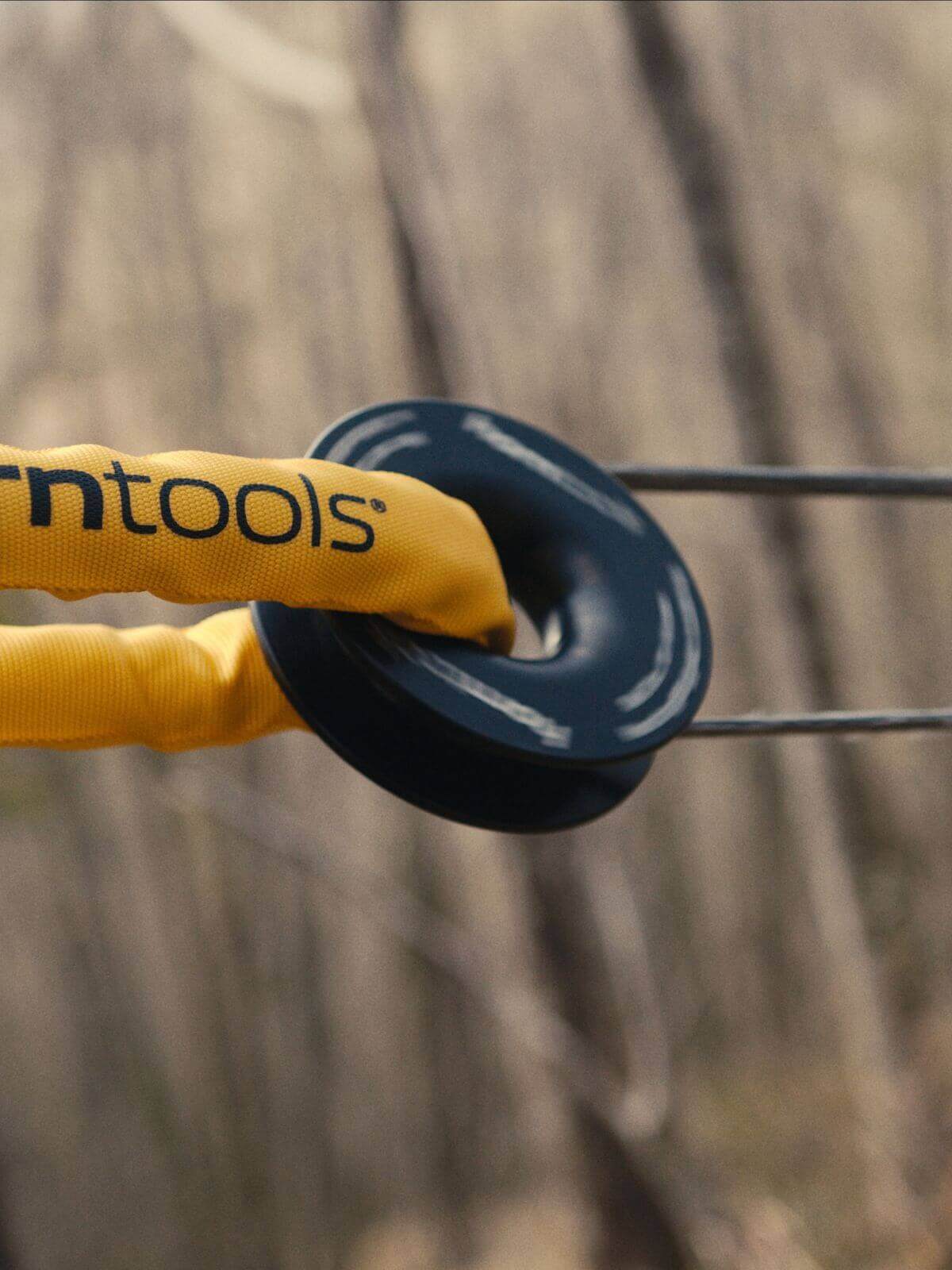Electric winches & systems
cable winch according to application type
cable winch according to pulling force
horntools is the specialist for electric winches and winch systems with pulling power from 0.8 to 8.0 tons. The winches are suitable for Ford Ranger, Suzuki Jimny, Toyota Hilux, Land Rover Defender, Mitsubishi L200, Nissan Navara, VW Amarok, Isuzu D-Max, Fiat Fullback, Lada Niva Taiga and many other vehicles.
And which winch is right for me?
Whether self-recovery for off-roading, hunting or forestry use - horntools has the right winch for every purpose in its range. Are you asking yourself questions such as: Which electric winch is the right one for my application? Do I need a 12V winch or a 24V winch? With synthetic rope or steel rope?
Are you unsure which winch is right for your purpose? Then find out with our winch finder:
Bestseller winches
horntools winches are characterized by their variety and quality, which guarantees a long service life and functionality even under the most difficult conditions. We have the necessary spare parts for all winches in stock, so we can always help you.
Bestseller winch systems
We also offer our winches directly in finished installation systems. All complete with parts certificate or ABE (general operating permit). We work closely with TÜV Austria so that you can get the system registered. We offer systems for various vehicle models such as Suzuki Jimny, Toyota Hilux, Land Rover Defender or Ford Ranger.
Bestseller winch accessories
In addition to the winches, we also have a wide range of accessories such as pulleys, soft shackles, kinetic ropes and much more in stock.
Winches 1x1
How does a winch work and what is it used for?
A wire rope hoist is a device that makes it possible to convert a movement along a straight line into a rotating movement. This principle is used to pull or lift heavy loads using a winch rope. The choice of rope can vary: Steel ropes, high-strength ropes made of plastic or ropes made of natural hemp fibers that can be wound onto a rotating drum are all possible. The power that drives the drum can be generated in different ways, for example manually, electrically or using hydraulic systems. A gearbox is often used to provide the necessary power transmission. The use of such winches is particularly in demand where the lifting or pulling of loads exceeds the physical strength of a person. In mobile applications, they are often used in vehicles for towing and recovery tasks.
How strong does a winch need to be?
The necessary pulling force of a winch depends on the terrain and how extreme the recovery is. As a guide value for self-recovery, a factor of 1.5 - 2 can be applied to the ready-to-travel mass of the vehicle to be recovered.
How strong should a forestry winch be?
The answer depends on the exact application: Are you pulling timber on a slope? How thick is the timber being pulled by the forestry winch? And how often do you carry out the forestry work?
In order to cover all possible areas of application and not push the winch to its load limit, we recommend using a 4.5 ton forestry winch. Our Alpha models are very versatile and can be ordered with steel rope or synthetic rope.
Synthetic rope or steel rope? The advantages and disadvantages
Synthetic ropes have been on the rise in recent years - and rightly so. The old fear that synthetic ropes would not be able to withstand the load has long been a thing of the past. In principle, it can be assumed that synthetic ropes and steel ropes with the same rope diameter can withstand approximately the same tensile force.
These are the strengths of the synthetic rope:
✅ Light weight: synthetic ropes are 4.5 times lighter than a conventional steel rope
✅ It cannot rust
✅ No protruding strands if damaged (risk of injury)
✅ Low whipping when torn
✅ Has hardly any spring effect: the rope does not pull itself together when discarded
✅Damage to the rope is easier to detect
Synthetic ropes also have disadvantages, however:
❎ Synthetic ropes are more sensitive in comparison and chafe more easily.
❎ Instead of rust, the rope is affected by UV radiation; it is also much more sensitive to heat, which can have a negative effect, especially when the rope drum is heated (continuous operation).
Steel ropes are generally more resistant than synthetic ropes, but damage to the rope is more difficult to detect (internal strand breaks). Corrosion is also an issue with steel ropes.
Where do you attach a winch?
The attachment of a winch depends on its area of application and the type of vehicle or device on which it is to be mounted. Here are general guidelines and options for assembly:
1. On vehicles:
- Front Bumper : On most off-road and recovery vehicles, the winch attaches to the front bumper. This often requires a special winch bumper or mounting plate strong enough to support the winch's pulling force.
- Rear Mounting : In some cases, a winch can also be mounted at the rear of the vehicle. Here too, a correspondingly robust mounting plate or a specially designed rear winch support is required.
- Under the Hood : On some vehicles and specific applications, a winch may also be mounted in a special compartment under the hood to protect it from the elements and allow for discreet integration.
2. On trailers and stationary objects:
- On Trailers: To load vehicles or heavy objects onto a trailer, a winch can be mounted directly on the trailer, usually at the front end near the trailer hitch. We also offer the right mounting plate for this.
- Stationary installation: For stationary use, for example in workshops or on construction sites, the cable winch can be mounted on a solid surface or a specially designed frame.
Why winches from horntools?
At horntools you will find a wide range of different electric winches that can be mounted almost anywhere - on the trailer, on the trailer coupling or on the vehicle (4x4, jeep, tractor, small tractor, ATV, SUV, quad, etc.).
Are you still unsure which winch is the right one for your vehicle? Then the winch finder can help you. Alternatively, our customer service team will be happy to advise you.
At horntools, quality and durability are our top priorities. We also offer spare parts for all our winches, guaranteeing long-term use and optimum performance.
Title
Write content to help your customers to better understand your products or policies.
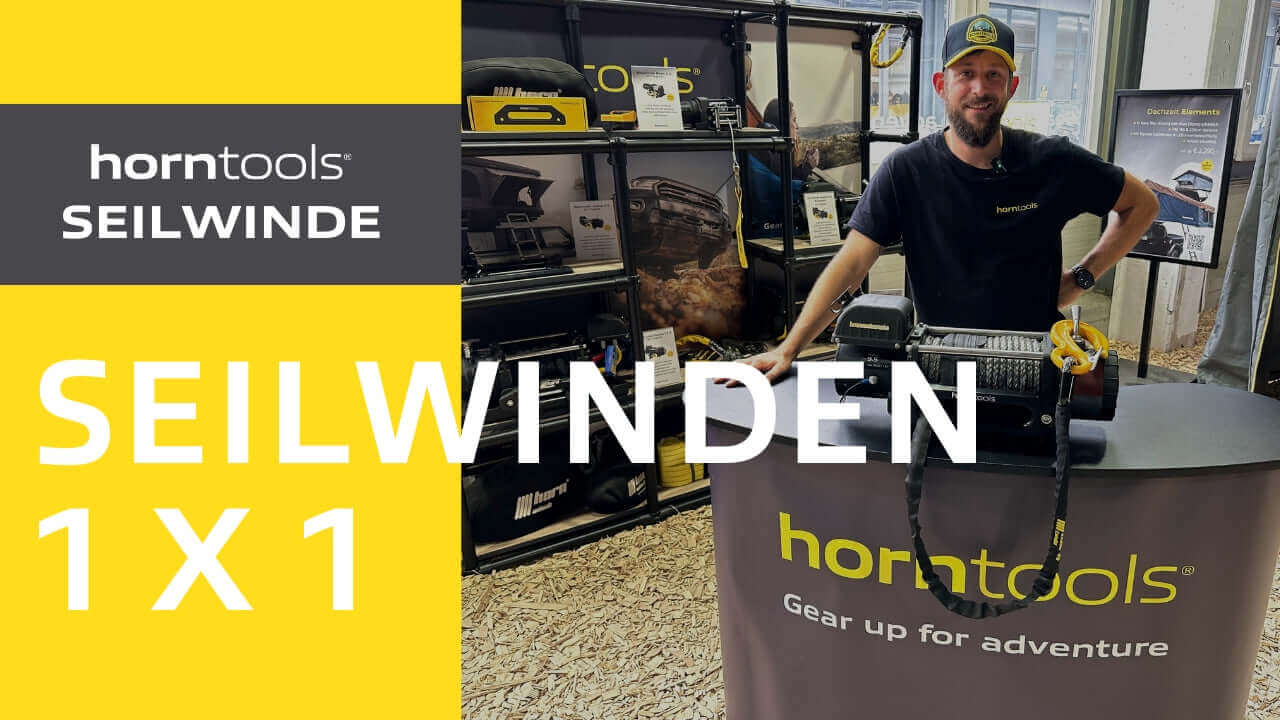
Types of winches
What is the difference between 12V and 24V electric winches?
The main difference between 12V and 24V electric winches lies in the voltage at which they are operated. This voltage significantly affects the winches' performance and capabilities.
12V winches:
12V winches are typically used to pull cables in cars, SUVs, off-road vehicles of all types and other vehicles with a 12-volt battery. They are widely available and readily available, making them a popular choice for many off-road enthusiasts. These winches are easy to install and can be connected directly to the vehicle's battery. 12V winches are ideal for lighter tasks such as pulling vehicles out of mud or sand, but they have their limitations when it comes to moving heavy loads or use in extremely demanding terrain.
24V winches:
24V winches operate at a higher voltage and are therefore able to generate more power. They are often used in heavier commercial vehicles, trucks, military vehicles and industrial applications. Due to their higher voltage, they can pull heavier loads and are better suited for use in extreme off-road conditions. However, 24V winches are not as widely used as 12V winches due to their specialized electrical system requirements and require special installation and possibly additional electrical adjustments to the vehicle.
Overall, the choice between a 12V and 24V winch depends on the specific requirements of the user and the vehicle in which they are to be installed. It is important to choose the right voltage according to the intended use and individual needs to ensure optimal performance and efficiency of the winch. At horntools you will find a large selection of 12V or 24V winches for different applications.
What is the difference between a hydraulic and an electric winch?
The electric winch is powered by electricity and is available from horntools with 12V or 24V voltage. The hydraulic winch, on the other hand, uses hydraulic pressure to pull the cable, although electrical energy can also be used to drive the hydraulic pump.
What is the difference between a hoist winch and a towing winch: What should you know?
Hoisting winches are intended for lifting loads, pulling winches for pulling loads on the ground, for example for self-recovery off-road. horntools only sells pulling winches. Our winches are not approved for lifting loads.
How do I know which type of winch is right for me?
horntools offers a wide range of winches and winch systems. Our winch finder can help you find the right winch for your needs.
In addition, you will find an overview of all cable winches and their product features here to make it easier for you to get an overview and make a decision.
Winch operation and maintenance
How to connect a winch correctly and use it safely
When installing and connecting a winch to a vehicle, several important aspects must be taken into account to ensure safe operation. Firstly, it must be ensured that the installation location can withstand the pulling forces of the winch in accordance with the vehicle manufacturer's technical specifications.
For electric winches, it is important to use cables with a sufficient cross-section to ensure a reliable power supply. A main switch should be installed so that the power supply can be quickly disconnected in an emergency.
Regardless of the winch type, a thorough study of the operating instructions is essential for safe handling and use of the winch.
How do you maintain and care for winches and their accessories correctly?
Winches, whether electric or hydraulic, are generally known for their mechanical robustness and require only minimal care and maintenance. However, to ensure their longevity and reliability, some basic maintenance work should be carried out regularly.
According to the operating instructions, it is important to regularly treat the winch rope - whether made of steel or synthetic fiber - with grease and check for possible wire breaks or signs of wear. These ropes are considered wearing parts and should be carefully checked before each use to ensure safety during operation.
Observing these care instructions not only helps to increase operational safety, but also contributes to maintaining the operational readiness of the cable winch for many years to come.
Winch accessories
Which accessories are recommended for optimum use and safety of my winch?
A wide range of accessories are available to optimize the use and extend the functionality of winches.
Shackles and hooks are essential for the safe attachment of loads and must be selected according to the maximum pulling force of the winch.
Cable sets ensure a safe and reliable power supply, especially for electric winches, and are crucial for smooth operation. Mounting plates provide a stable and secure attachment of the winch to the vehicle or other structure and are available in various designs for different applications.
Recovery ropes and straps, often made from synthetic materials, offer high tensile strength and are essential for rescue and recovery operations. They are lighter and more flexible than traditional steel ropes and make transportation and handling easier.
The radio remote control allows the winch to be operated from a distance, which not only increases convenience but also improves safety during potentially dangerous operations.
Rope bags are practical for storing and transporting the rope when it is not coiled on the winch and help to protect the rope from damage and dirt.
The rope window or rope guide helps to wind the rope evenly onto the drum, prevents knotting or jamming and therefore contributes to the longevity of the rope.
These accessories are not only useful for extending the range of applications and efficiency of the winch, but also for increasing safety during every use.
Do I need a radio remote control for my winch?
A radio remote control, i.e. a remote control for the winch without a cable, is a practical addition. Of course, all winches come with a remote control (with cable).
However, the radio remote control allows you to operate the winch from the car or from a distance, for example. You will find various compatible radio remote controls for your winch in our range.
